|
Sadly I have had to cancel my exhibition due to developing covid symptoms. I hope to reschedule for later in the year. My 2021 Exhibition at the Steadings Gallery in Balmacara Square starts on the 31st July and runs until the 7th August. The event is free to enter and is open daily from 11 am to 6pm, except the last day (7th August) when is is open from 10 am to 1pm.
As the title might suggest I have focused this year mostly on a more desaturated style of imagery which has resulted from a post-processing workflow that I developed while working on my Graded Unit project for the HNC in Photography in 2020. The style is perhaps motivated by a reaction to the commonly over-saturated imagery that is prevalent on social media platforms such as Instagram, where most of the images are incredibly punchy and vibrant, often captured on mobile phones. While these images are dramatic and impactful I find myself being increasingly detached from them and much more favouring those which focus on tone and texture. This perhaps harks back to my liking for monochrome and this technique does help to emphasise the key subject and works well when there may not be particularly strong colour contrast in a composition, or where there is a distracting element that you do not wish to be the focus of the viewer's attention. Over the past year, regular readers of my blog will have noticed a tendency for this style of imagery to come more and more to the fore as I have experimented with the workflow. It does not always work but it has become a bit of a habit for me to at least try it out on a lot of my images. Sometimes it sticks but often I do revert back to the more traditional workflow. The exhibiton consists of a collecton of images taken over the past 12-15 months, plus some re-worked older ones where I felt this style might work well. I have also included a few more traditional images as I felt they naturally worked well within the scope of the exhibition title. Watch this space as I am producing a pdf book for the exhibition which I will post a download link to here once it is ready. In addition to viewing the actual exhibition if you make it along you will also be able to purchase prints, canvases and cards. Many of my older prints and canvases will be on sale at reduced prices so try and get along to see if you can grab a bargain. Please feel free to share this post and encourage folk to come in and say hello.
1 Comment
Last week I had a week's holiday with my wife and a couple of friends on Orkney, my first trip to these islands. I went with great expectations of photographic opportunities and one or two specific targets. However, the weather was not overly kind to us, with pretty constant low cloud and overcast conditions, resulting in very flat light. One of my main targets was to try and find, and photograph, Scotland's only endemic plant species, the Scottish Primrose, shown above. This lovely little plant is restricted in its distribution to the extreme north coast of the Scottish mainland and the Orkney Isles, and I had dipped out on spotting it at Durness when on a recent camping trip with one of my daughters. On this occasion it was really easy to find, and not far from the car park near the cliffs at Yesnaby. The flowers are not very large, less than 1 cm in diameter, and sit in a small group atop a stout little stem (no doubt needed to cope with the winds), rising out of a fleshy cluster of leaves. Its colours are really bright with a distinct white ring around a bright yellow centre and dark purple petals, as can be seen below. Orkney came as a bit of a surprise to me, with much larger scale agriculture than I had expected, depsite being warned in advance. Being more accustomed to small scale crofting as found in Wester Ross, the lare green fields of cereals and silage crops and numerous herds of cattle were more reminiscent of the Black Isle of even parts of Fife. That being said, the habitats do support a good range of bird life with me counting around 65 species in the week, including Arctic Skua (Dark & Light Phase), short-eared owl and lots of Arctic Terns. I had plenty of opportunities to try and capture shots of the terns as they paid me a lot of attention whenever I walked close to the shore and away from the main farm land areas. The following shots are a selection of the best I manged until I had to leave to avoid being pecked on the head. These are really noisy and aggressive birds and very protective of their breeding territories, as well as being spectacularly beautiful with their sharp white lines, dark head and bright red beak (very pointy!). The only other bird shot I managed, which I was able to do anything meaningful with at least, was this one of a cormorant on a rock by the shore. Not the best shot as it was at extreme range for my 70-200mm lens, even with the 2x converter as used for this shot. The converter is not a tool I use often as it does tend to produce soft images, and most times I find I am better off simply shooting with the professional lens on its own and cropping the image a bit. Despite its natural heritage appeal, Orkney is probably better known for its cultural heritage, especially the ancient remains at Skara Brae, Stenness and Brodgar. We obviously took the opportunity to visit a good number of these sites during our holiday, and thankfully it was not excessively busy so it was possible to get some decent shots without too many folk in the way. The next collection features various sites including (in order) the Stones of Stenness, the Ring of Brodgar, the Broch of Gurness, Skara Brae and the Doocot at Rendall. For these, and most of the remaining shots on this blog post I opted for a desaturated, highly textured process to try and bring out the detail in the monuments and buildings. This was really a response to the incredibly dull flat light that I had to deal with, but I think the results are pretty decent. There are also many eclesiatical and religious monuments and buildings in Orkney, with the most spectacular being St Magnus' Cathedral and associated Bishop's Palace in Kirkwall. I also wanted to visit the Italian Chapel on Lamb Holm with its famous painted interior. Below are some shots (some taken on my phone) of these two sites, plus the remains of a circlur church which can be found at the Earl's Bu near Orphir. We also enjoyed walking around some of the old settlements and towns on the islands, especially St Mary's Hope on South Ronaldsay, Stromness, the old fishing sheds at Marwick and the farming museum at Kirbister. I shot the following collection of images and once again processed in a high textrue, desaturated style which I feel brings out the detal and textures in the stonework, despite the poor light. To finish off, here are a few of my other shots from our visit, including some views of the Old Man of Hoy and the Hoy ciffs from the ferry, the cliffs at Yesnaby and a brief glimpse of blue sky, clouds and spectacular light. |
AuthorI am an amateur photographer who is also a Chartered Geographer with his own part-time consultancy business and I work as an estate manager for a national conservation charity in Scotland. I am based in Lochalsh, Wester Ross, Scotland, just next to the Isle of Skye. SalesIf you like my photos and are interested in purchasing prints, whether framed, mounted or otherwise please click here.
Archives
May 2024
Categories |


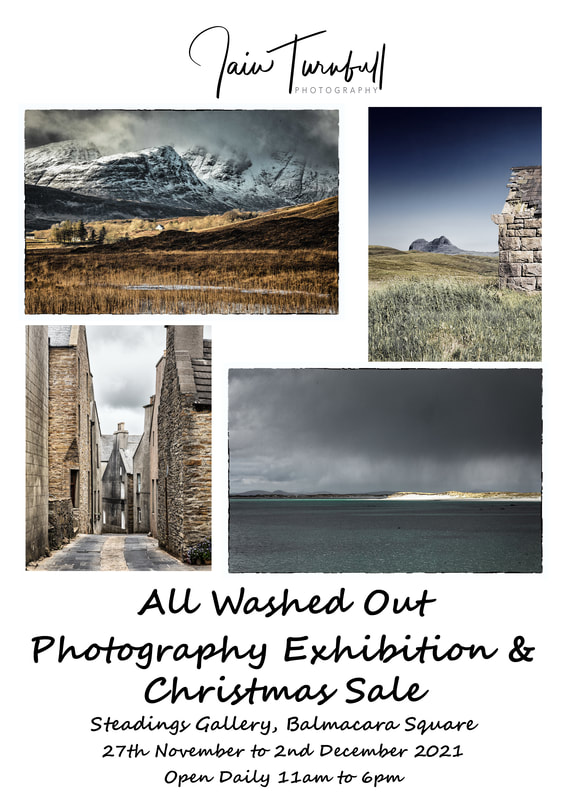
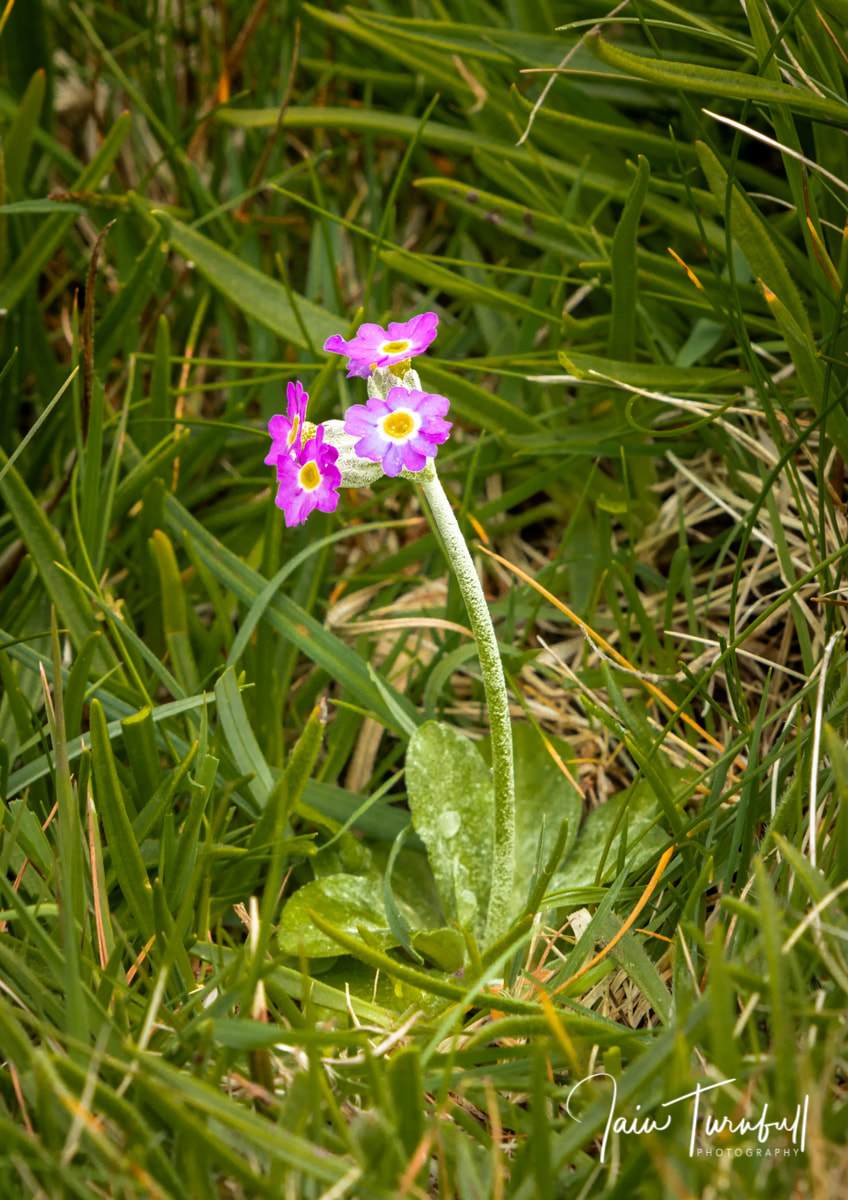
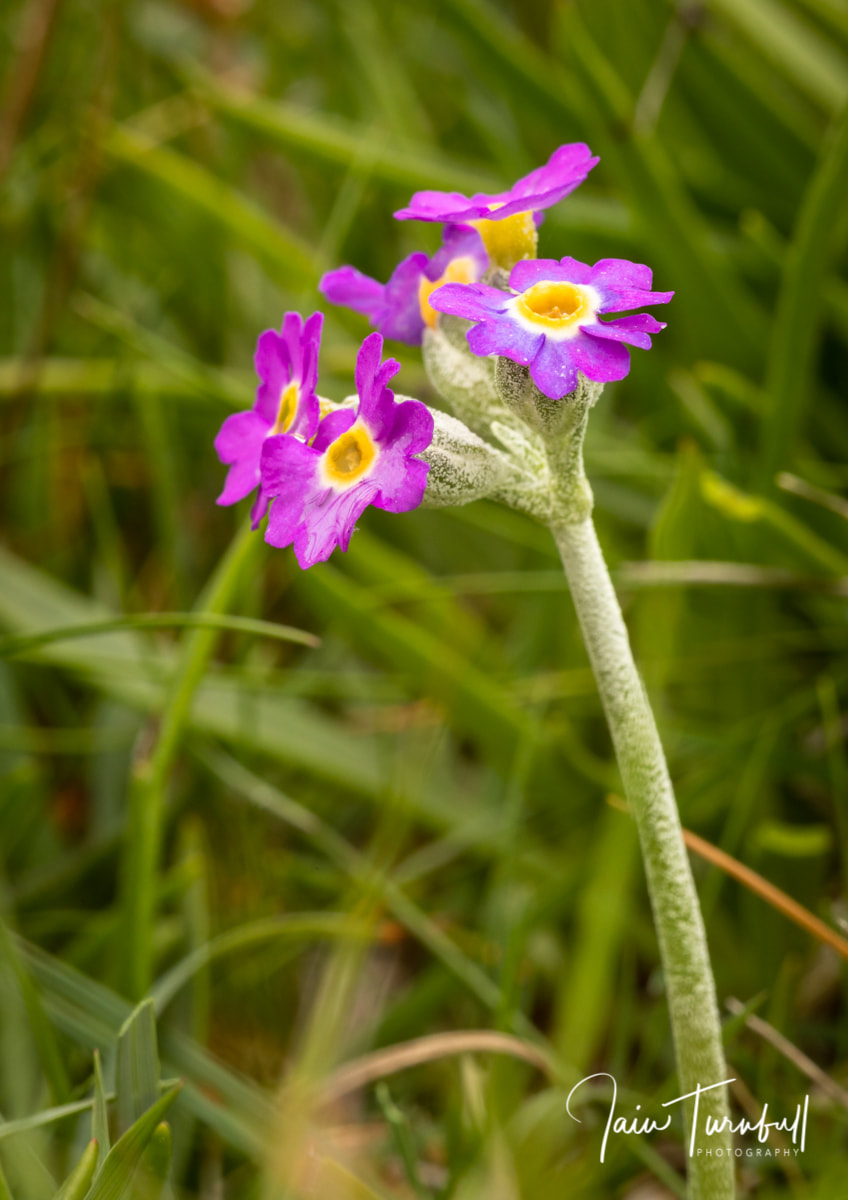
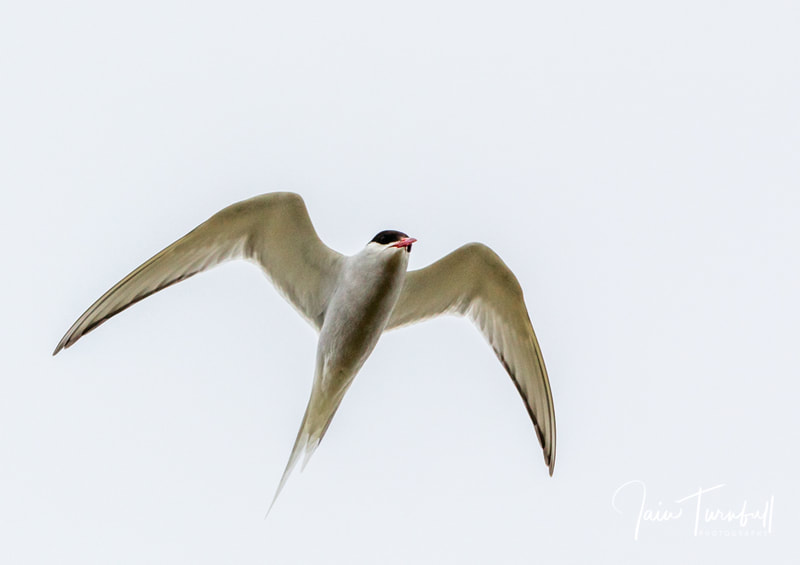
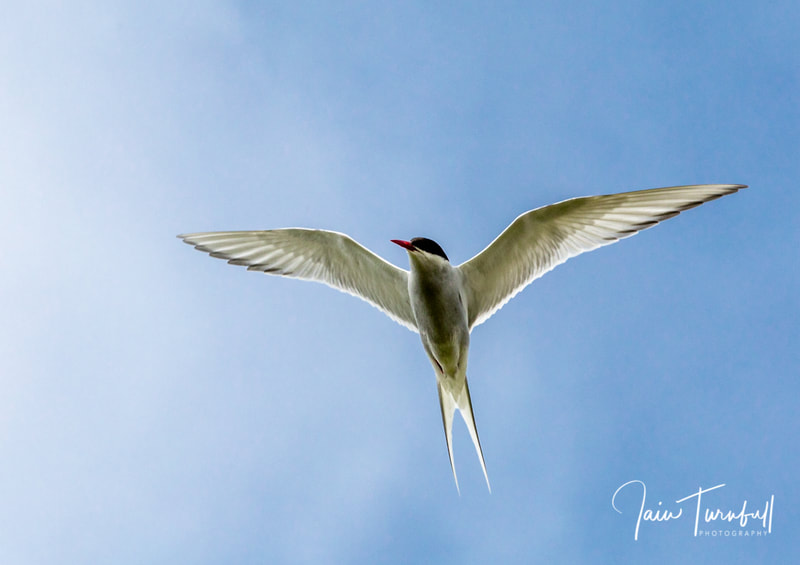
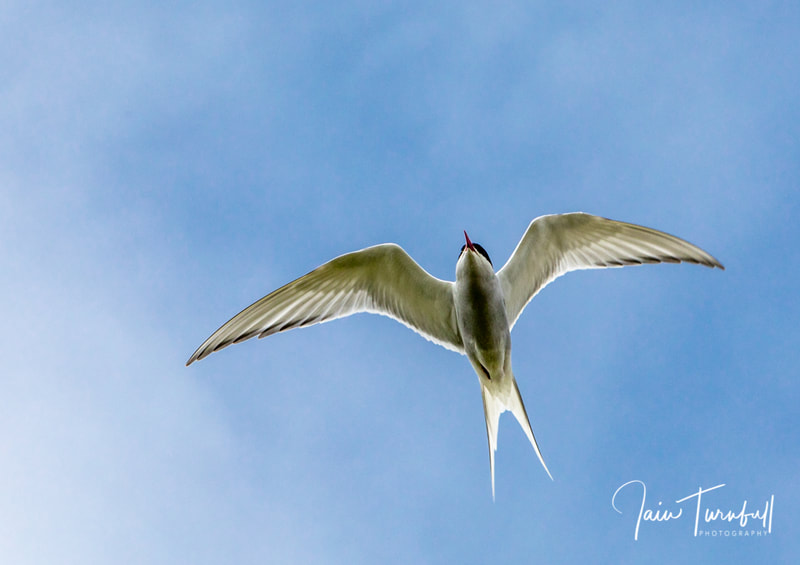
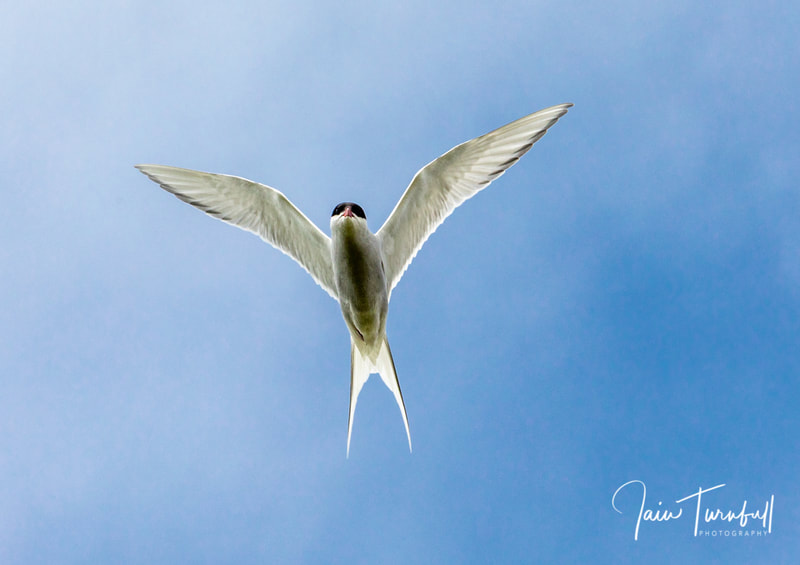
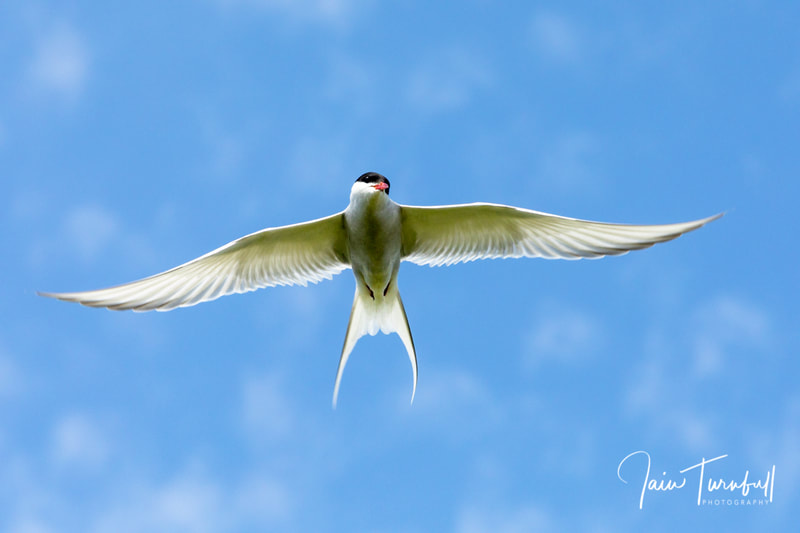
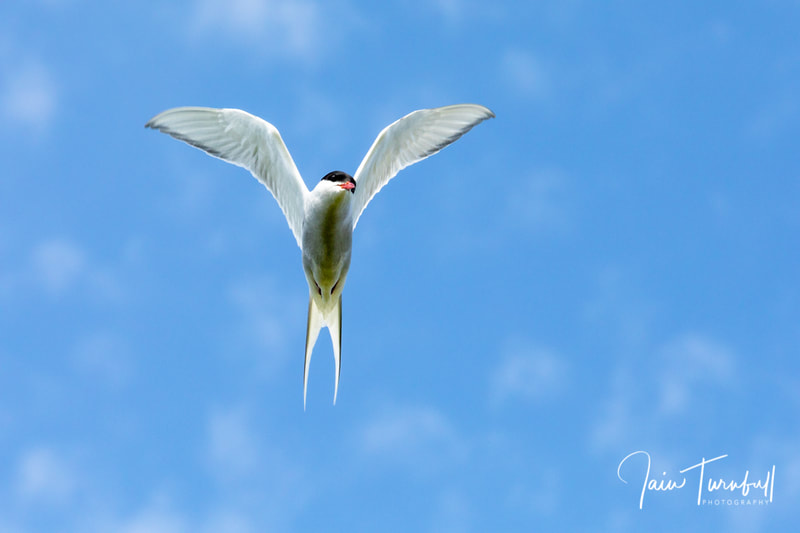
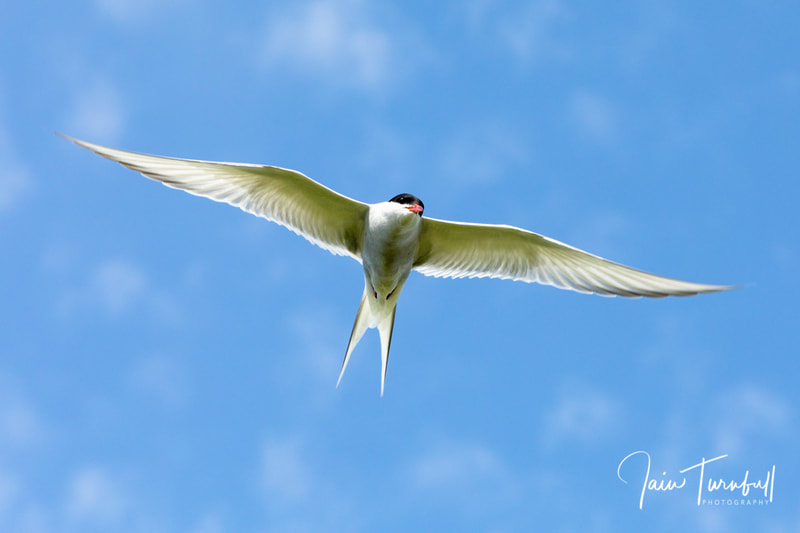
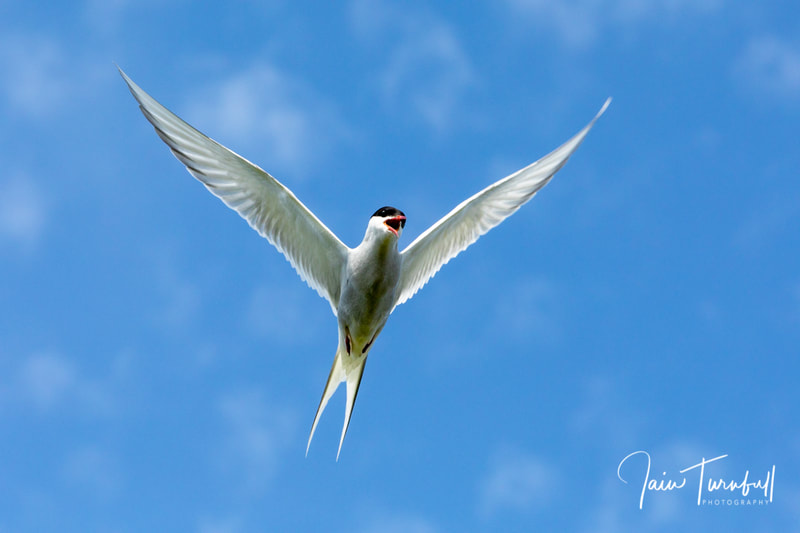
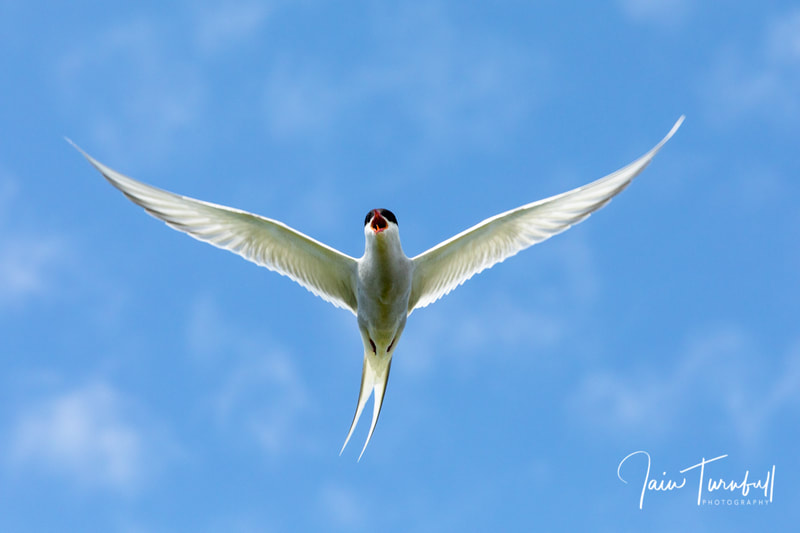
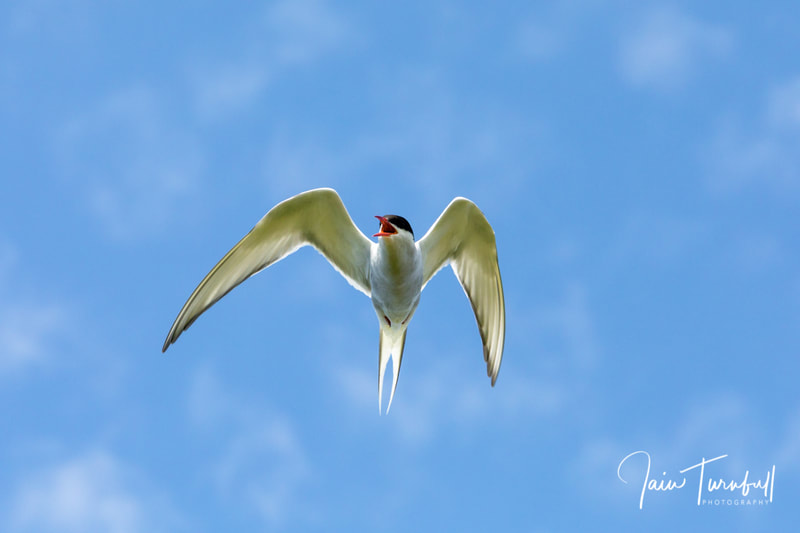
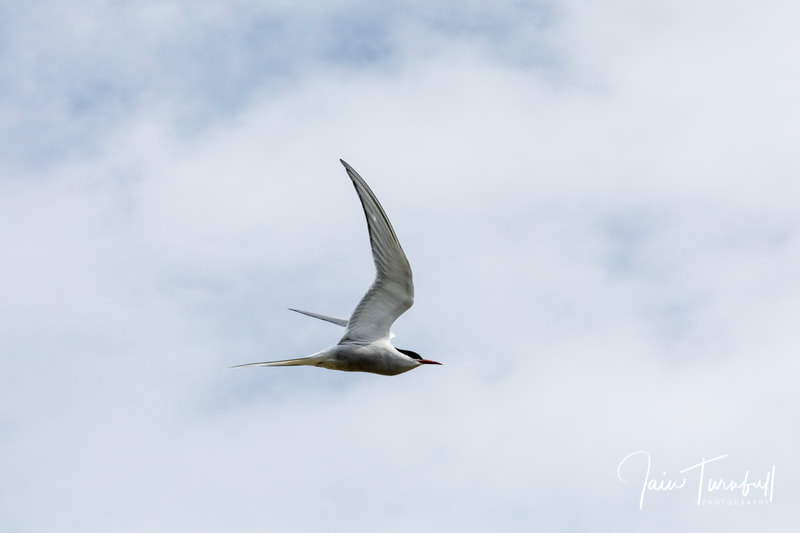
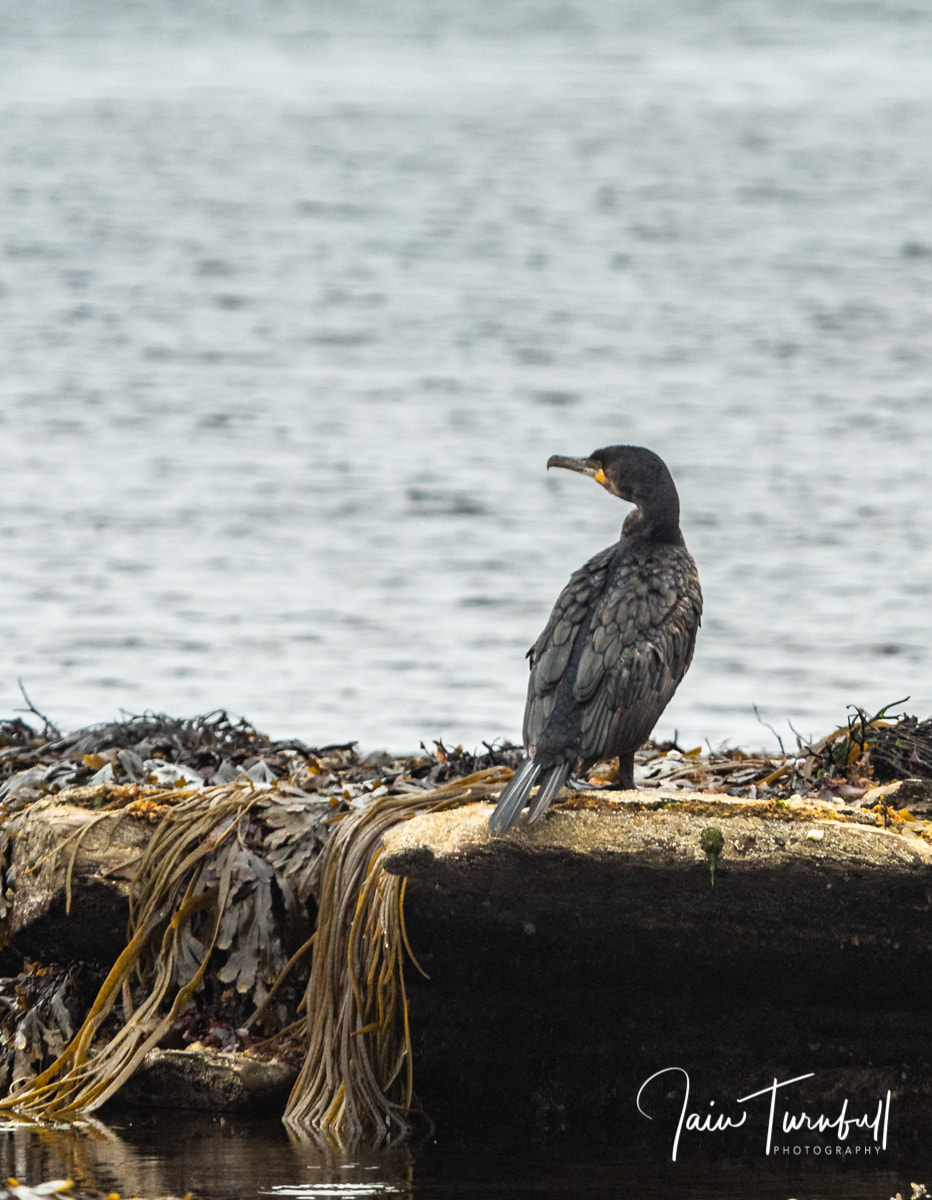
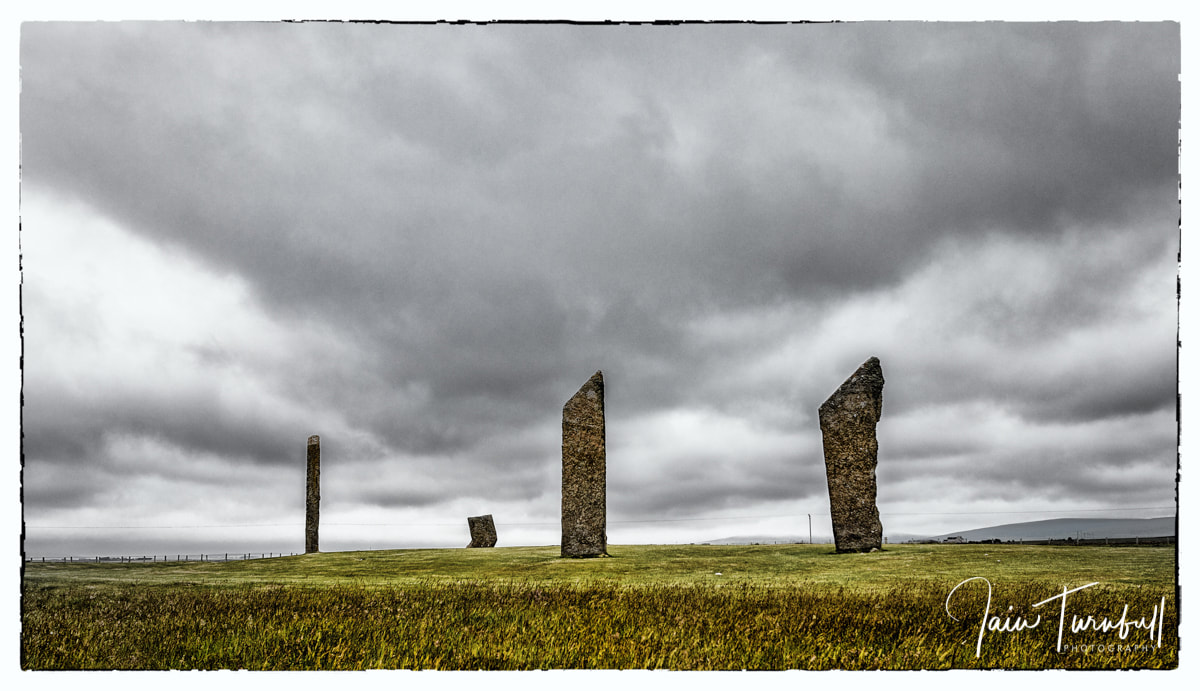
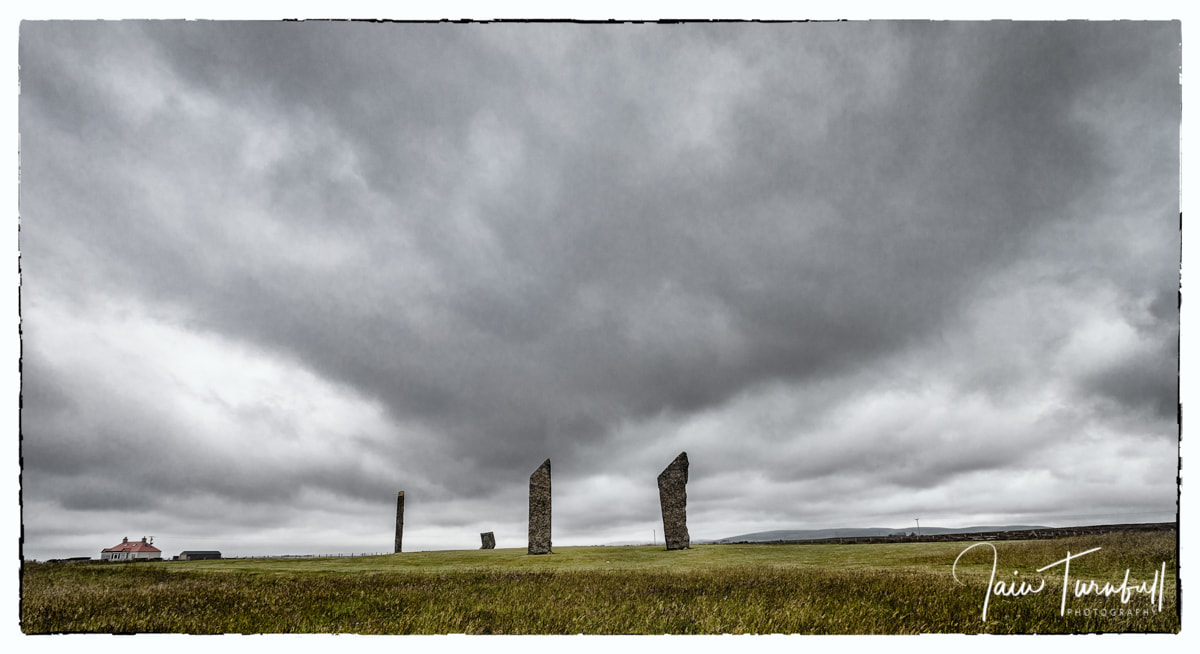
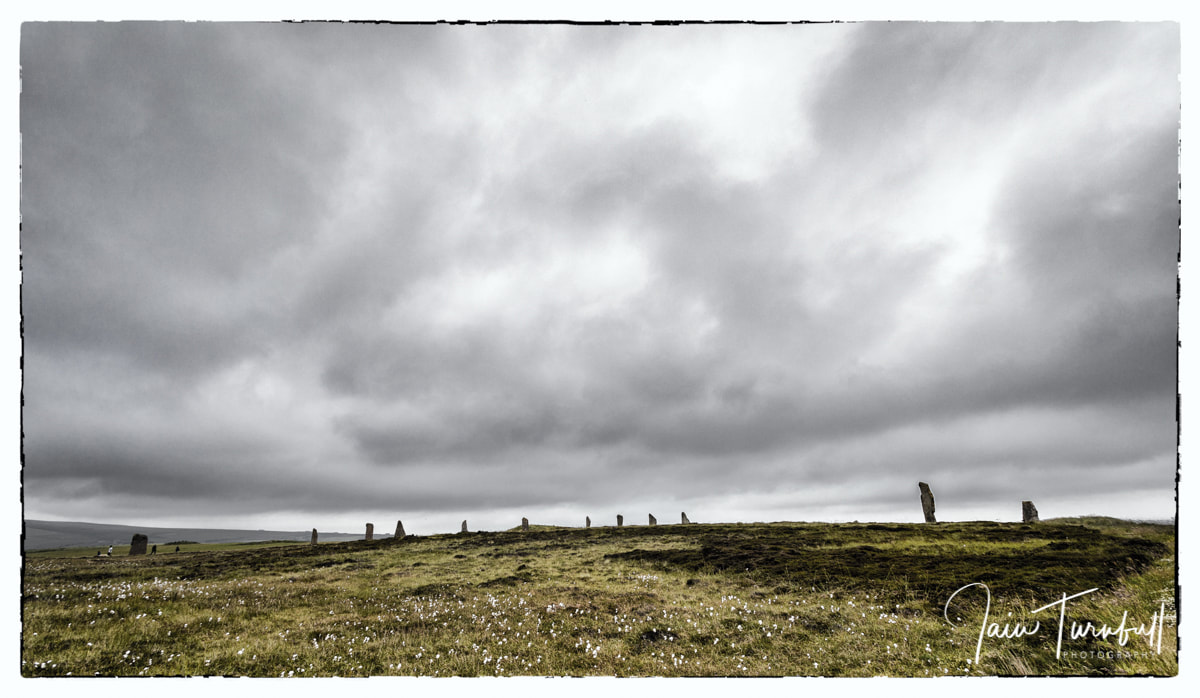
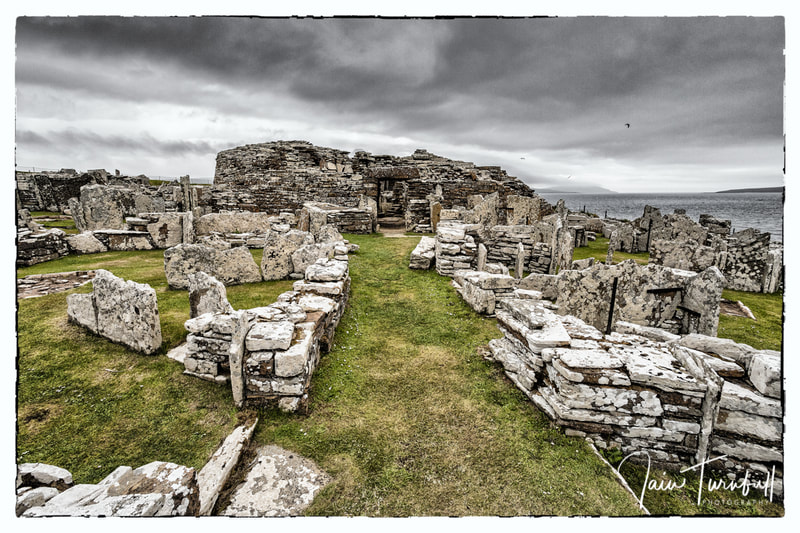
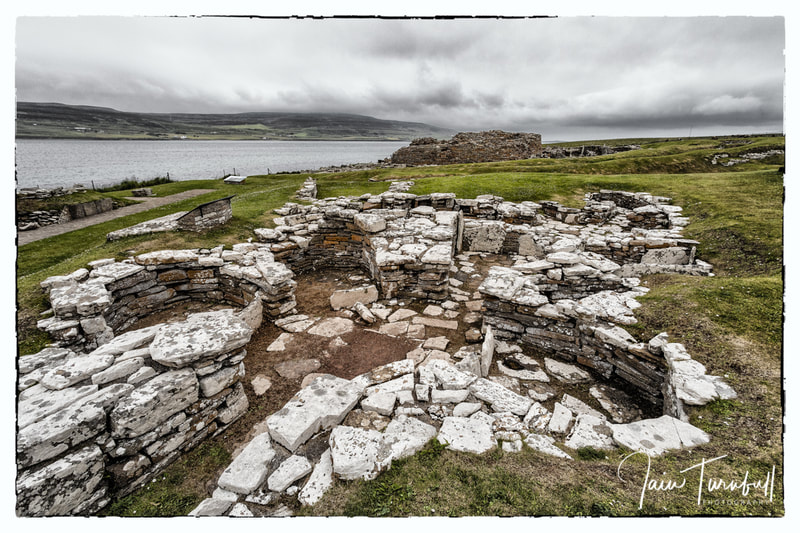
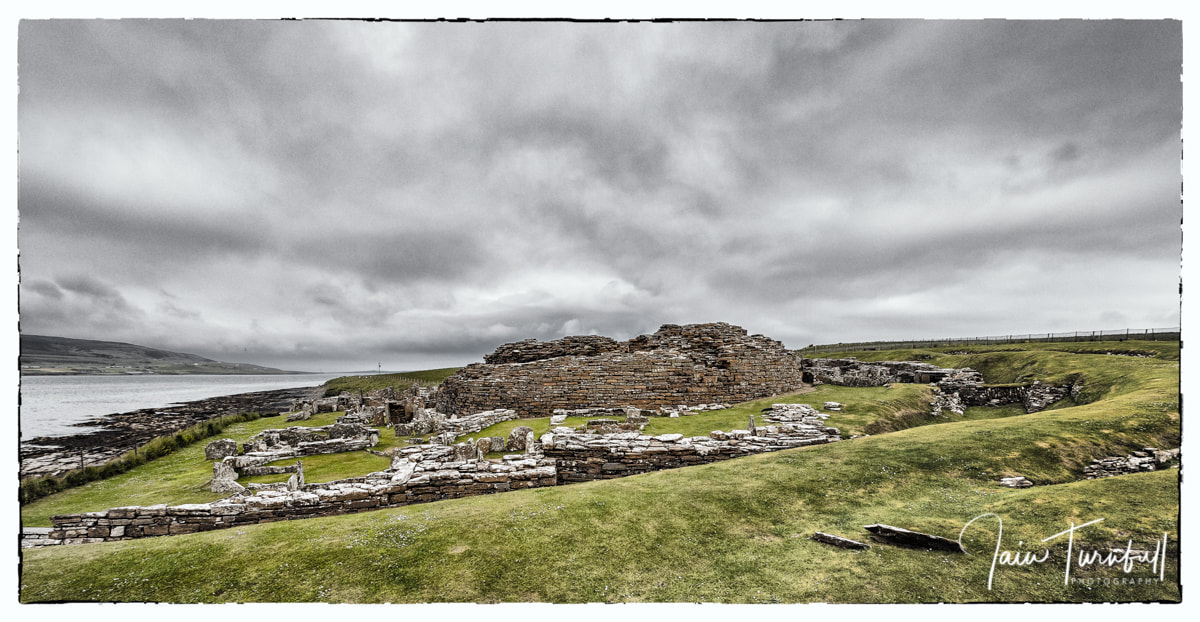
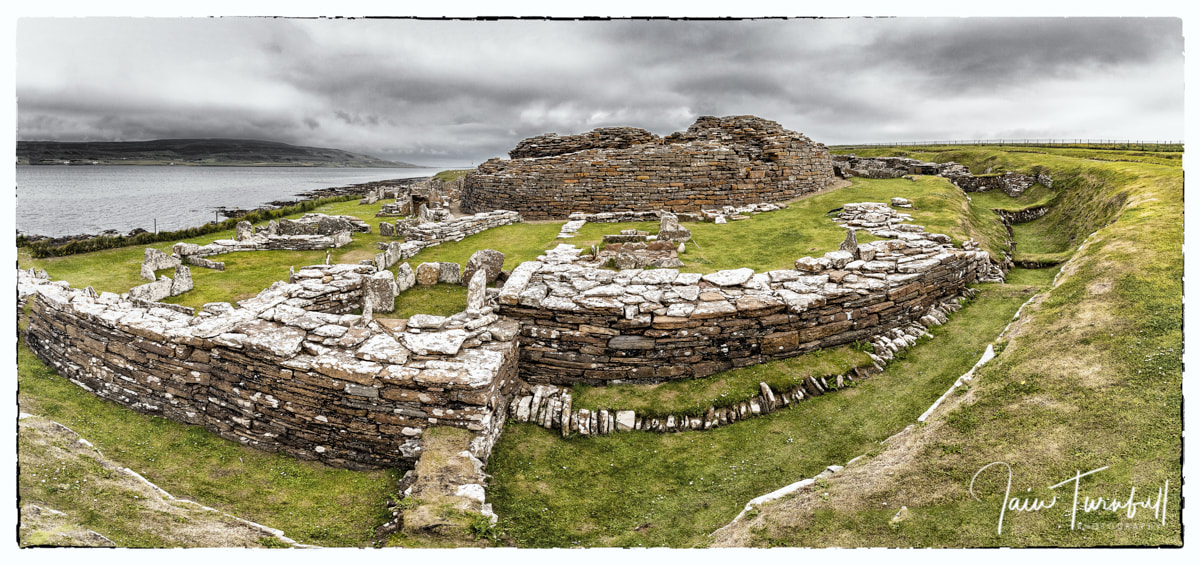
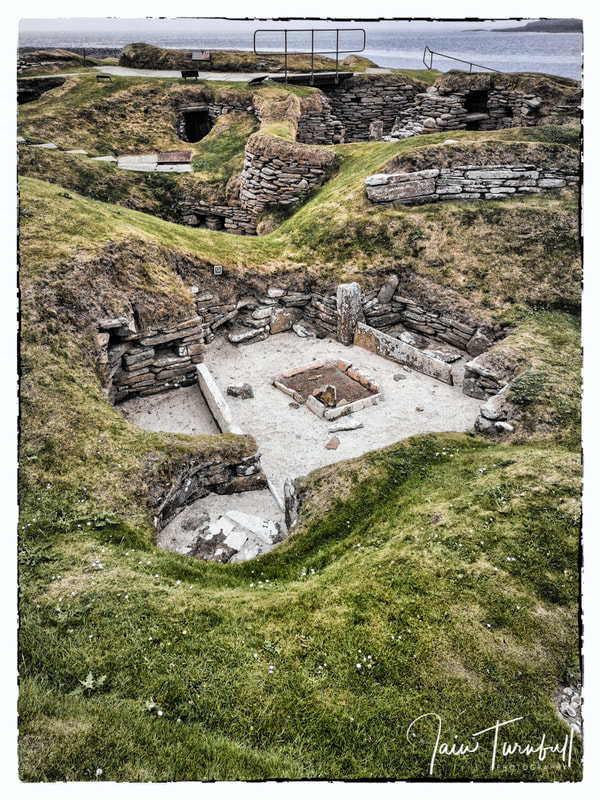
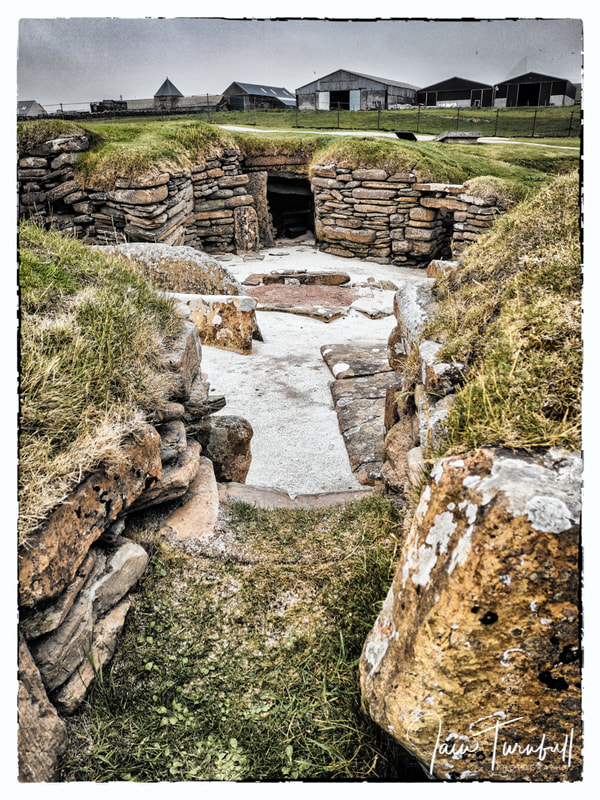
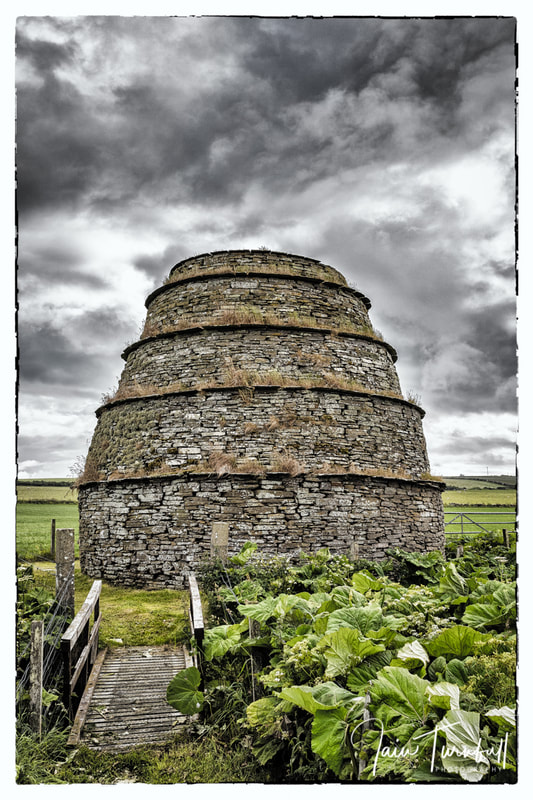
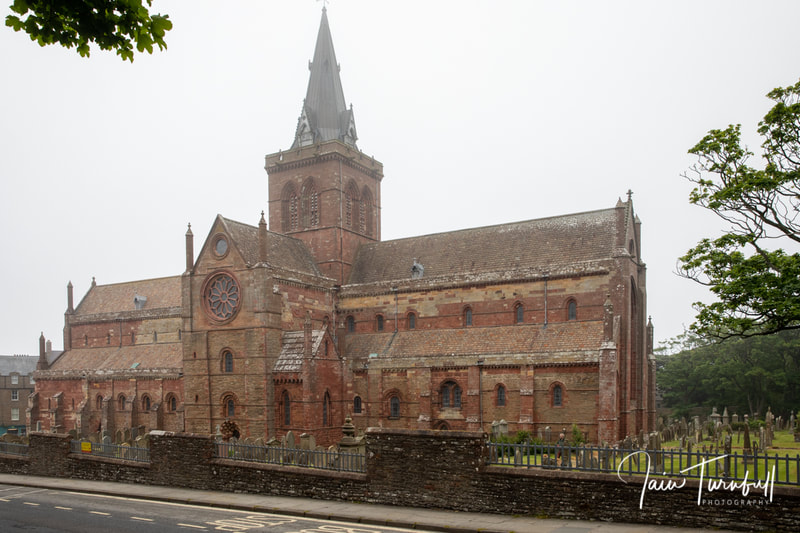
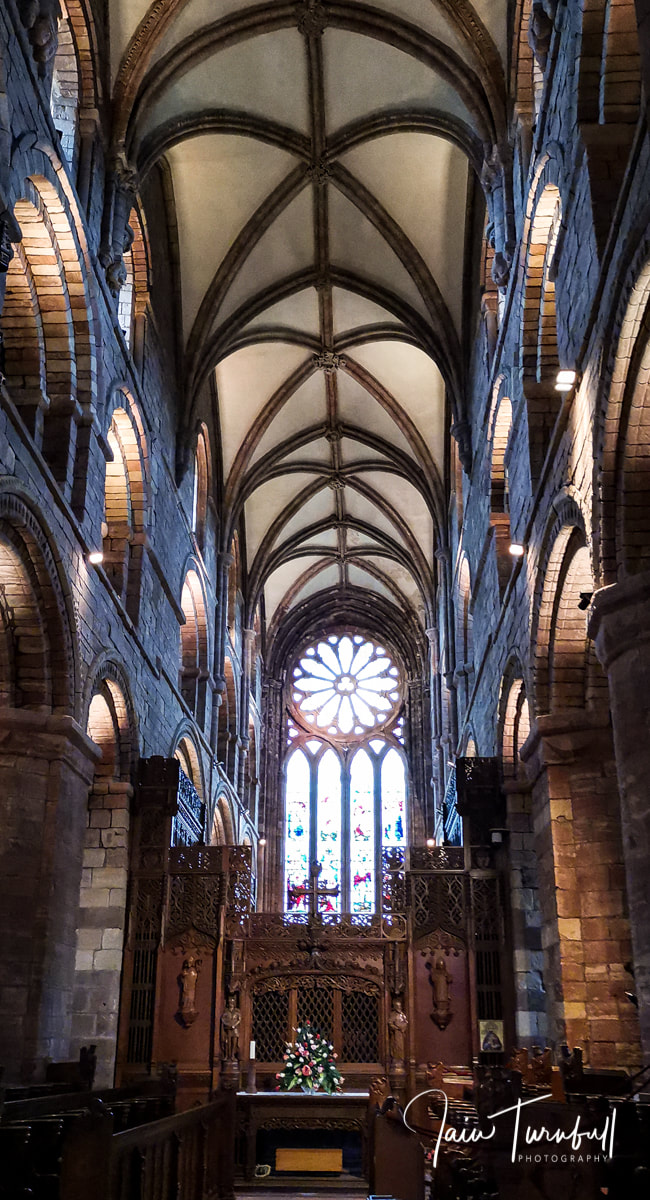
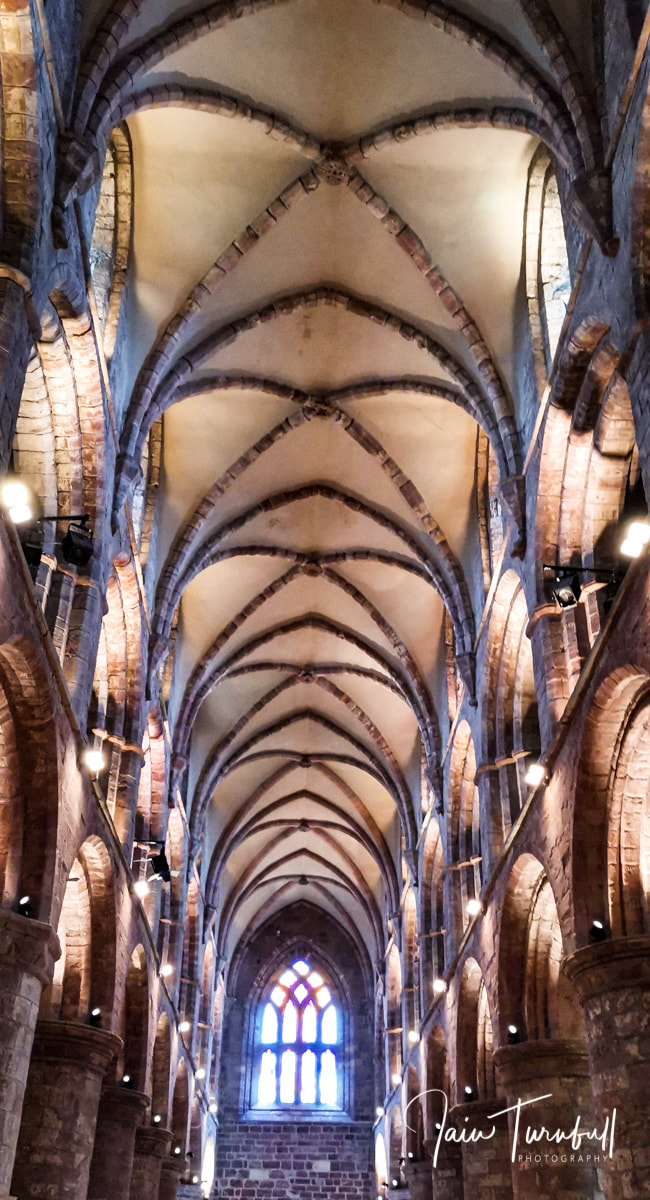
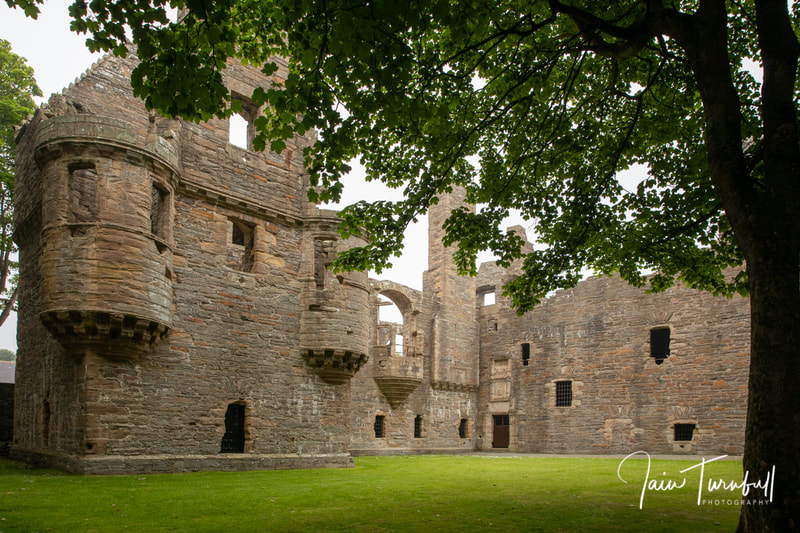
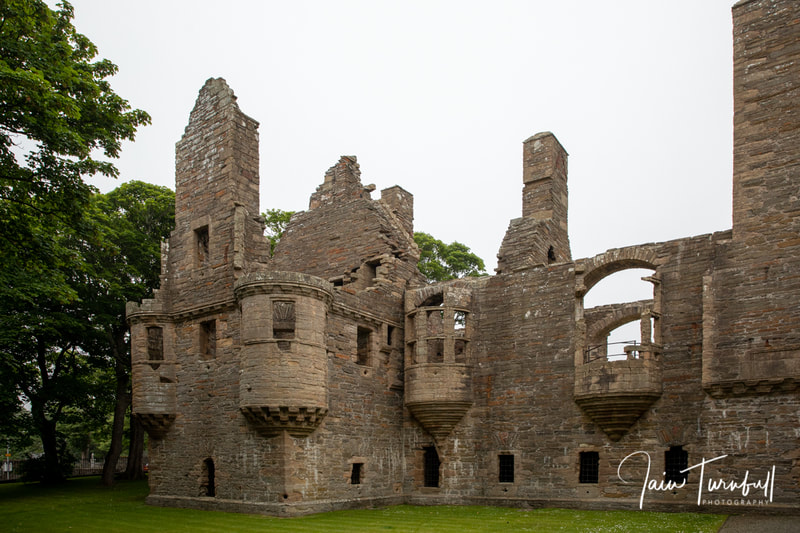
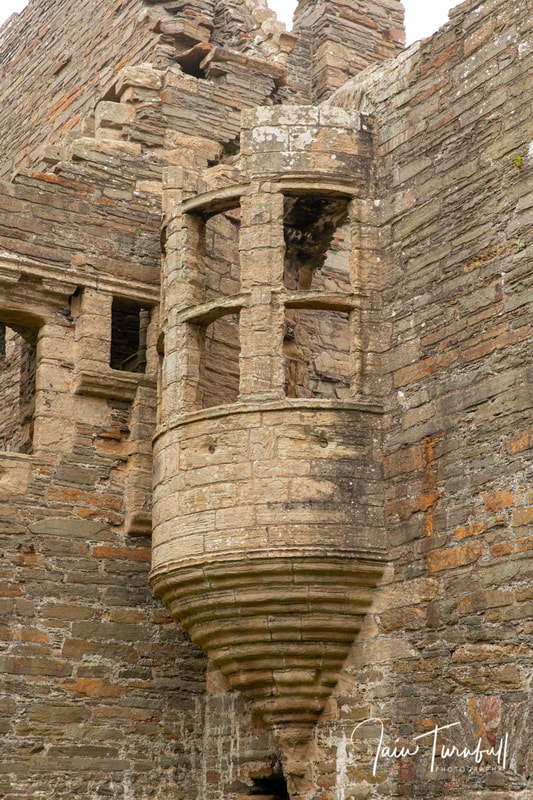
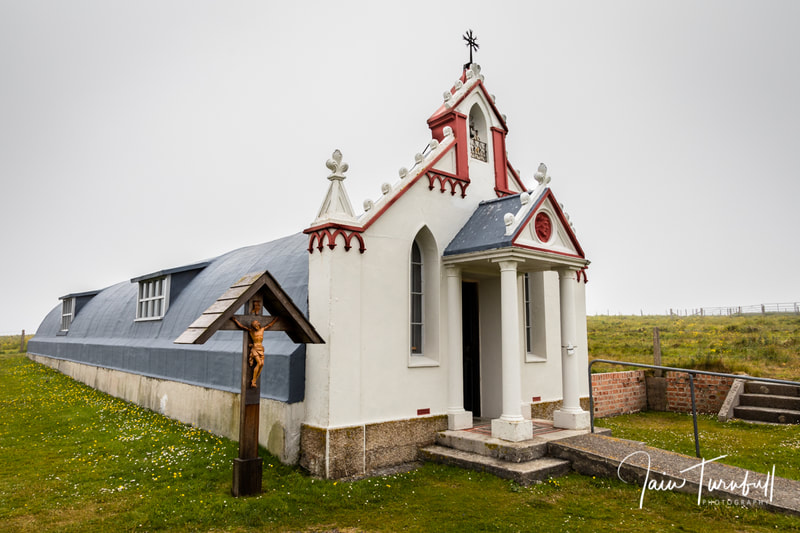
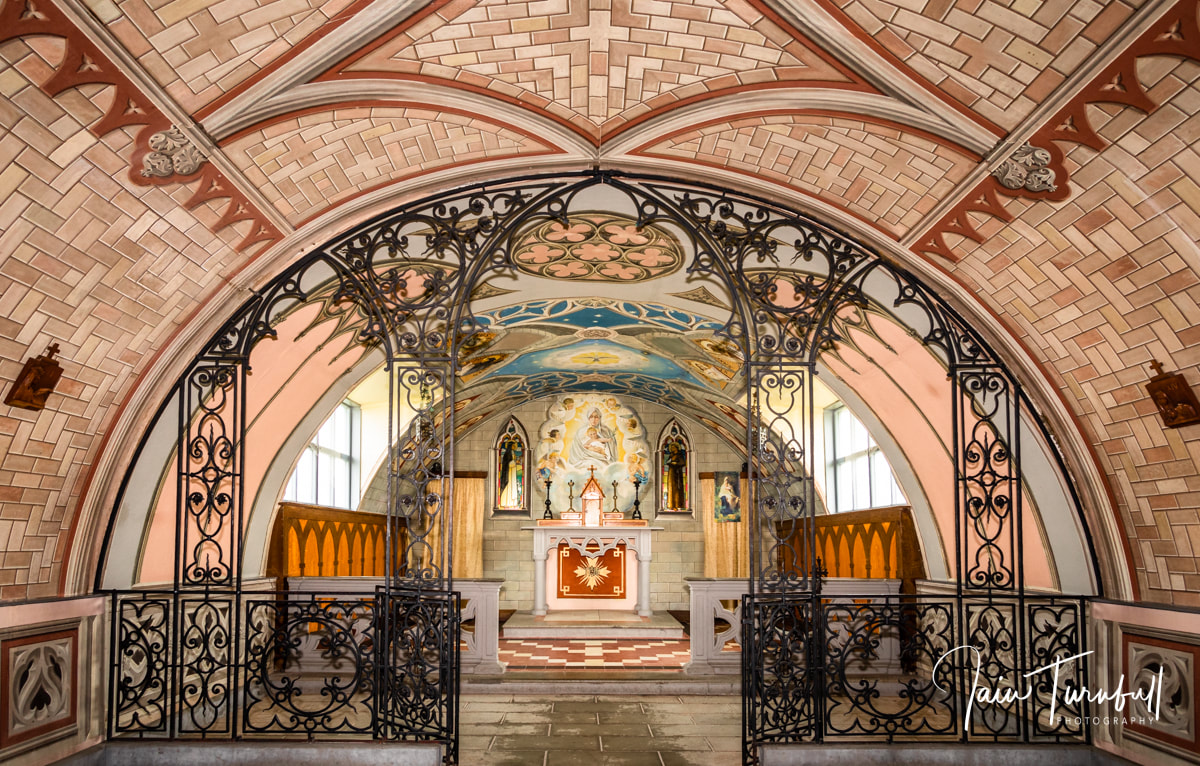
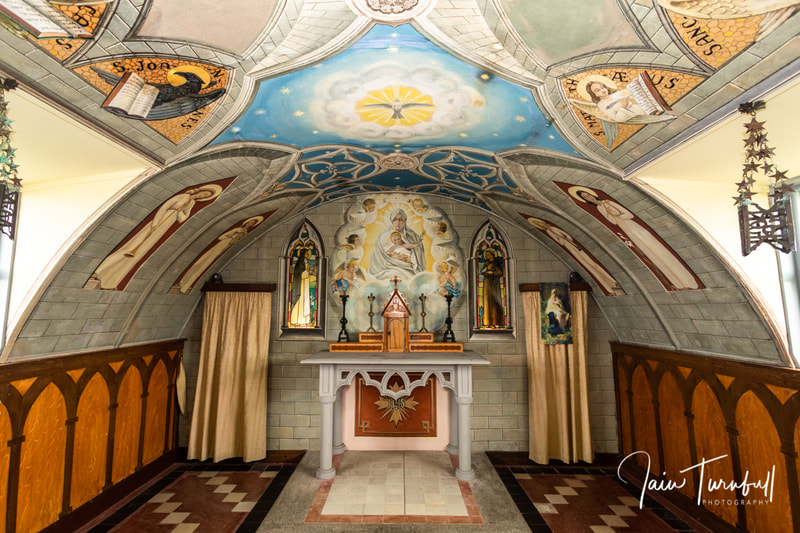
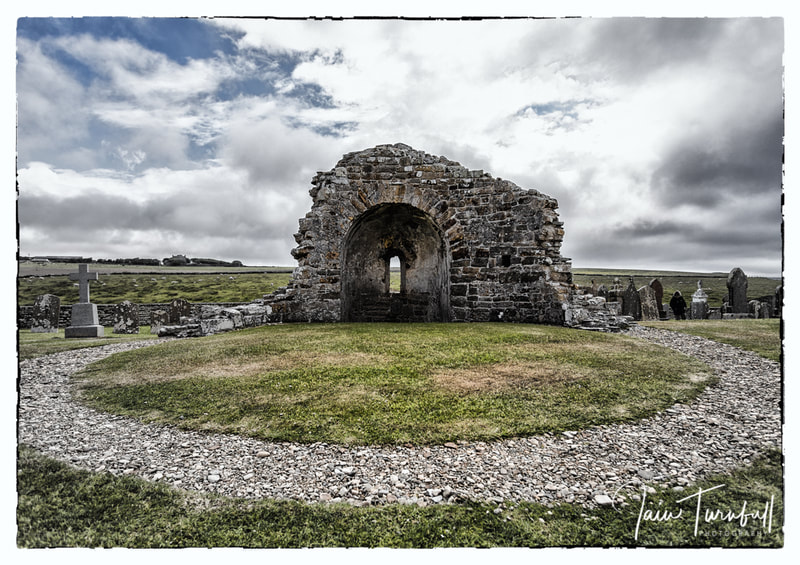
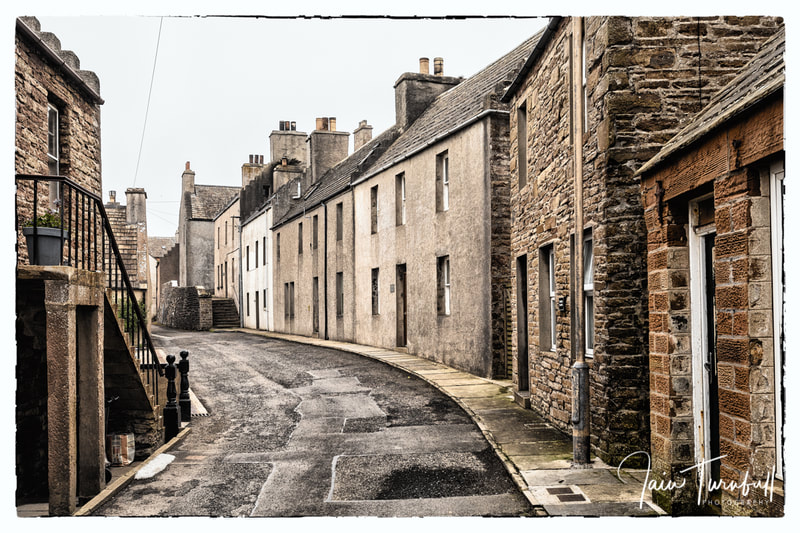
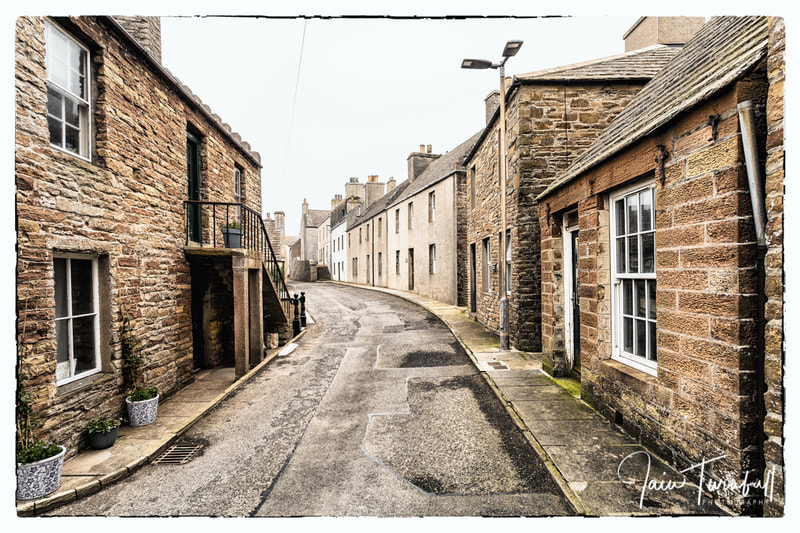
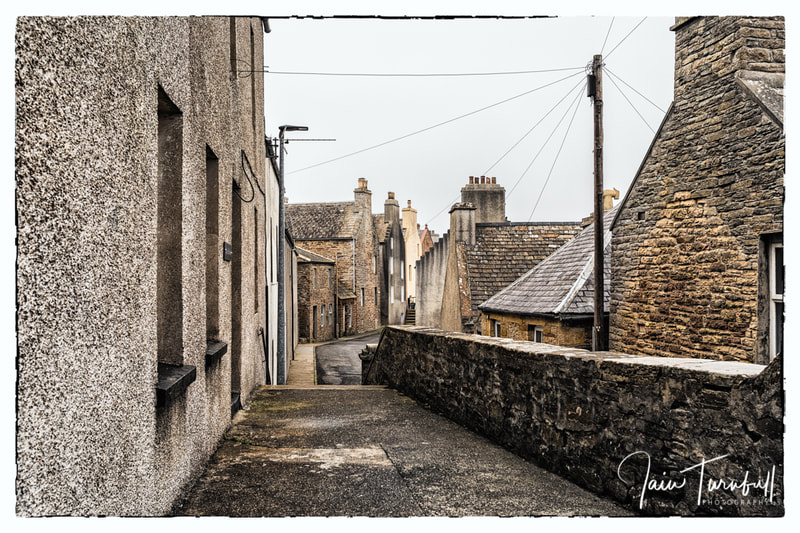
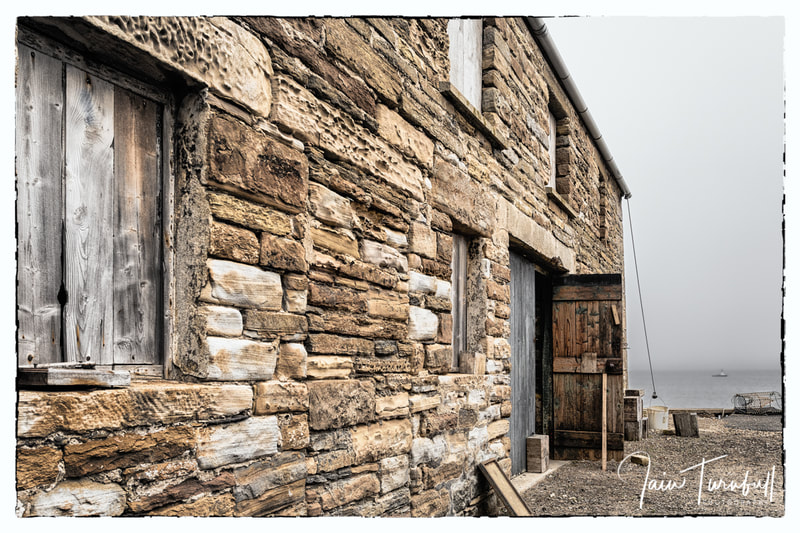
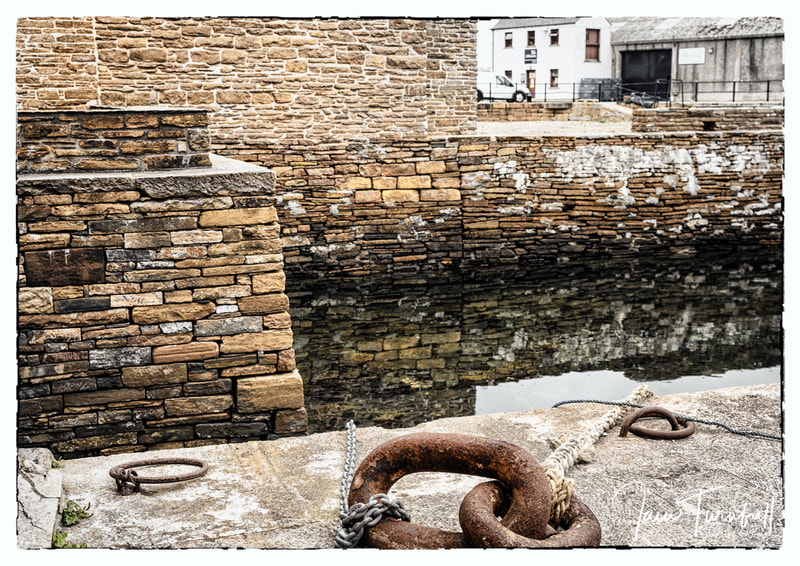
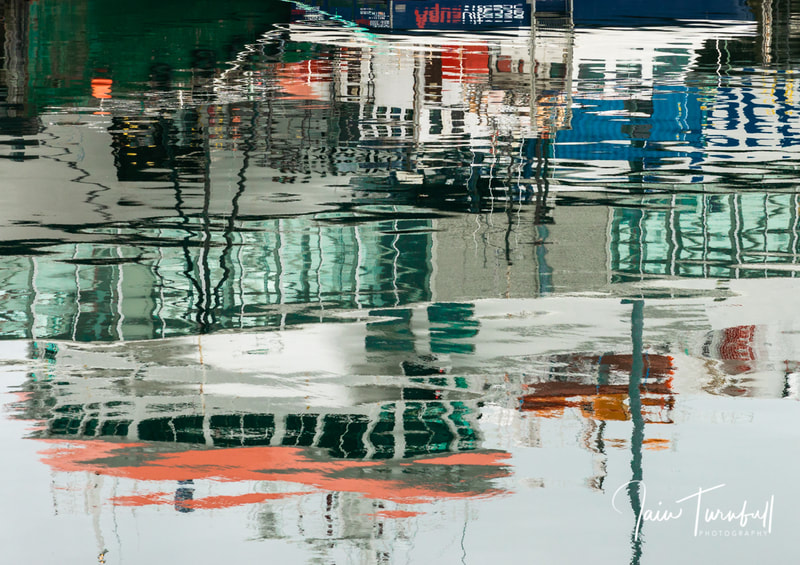
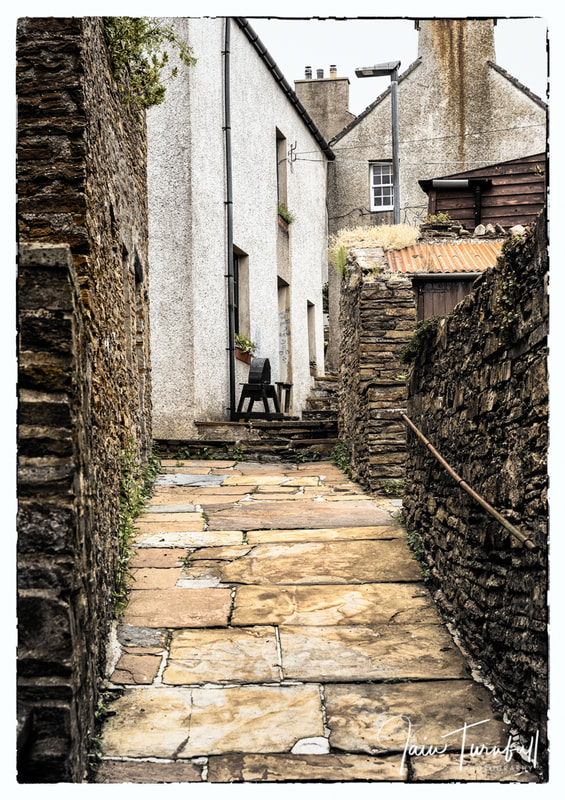
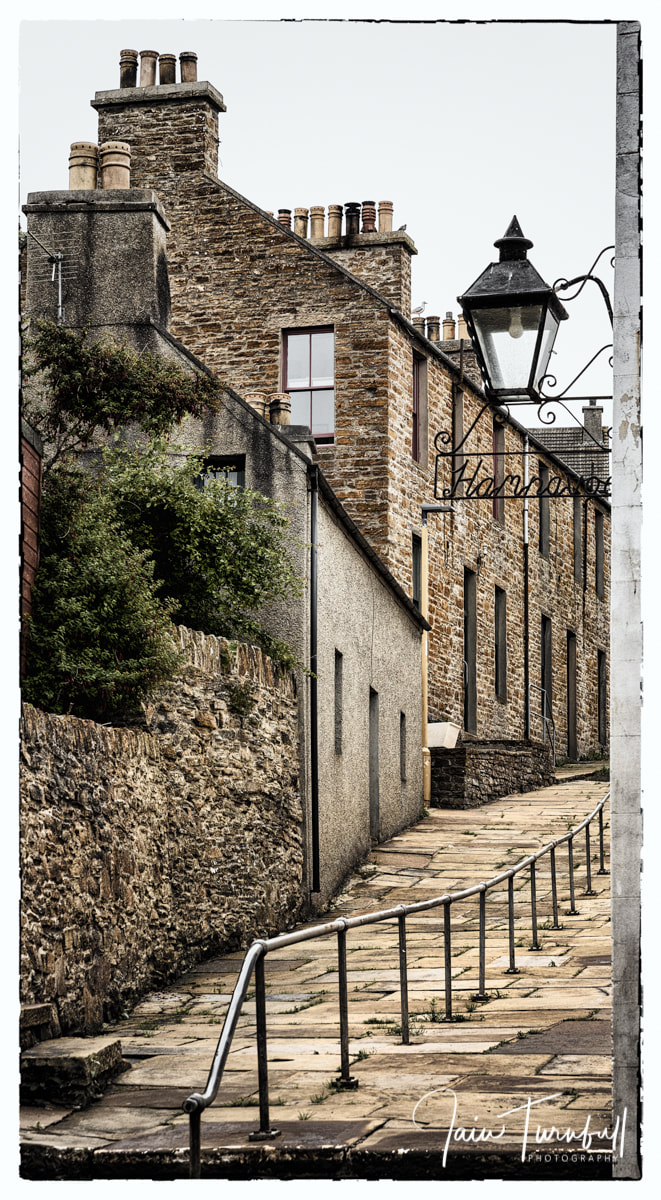
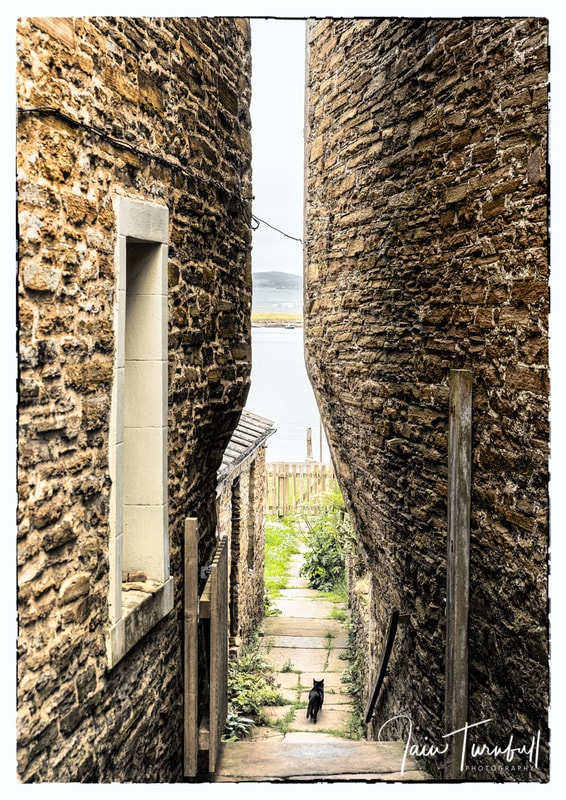
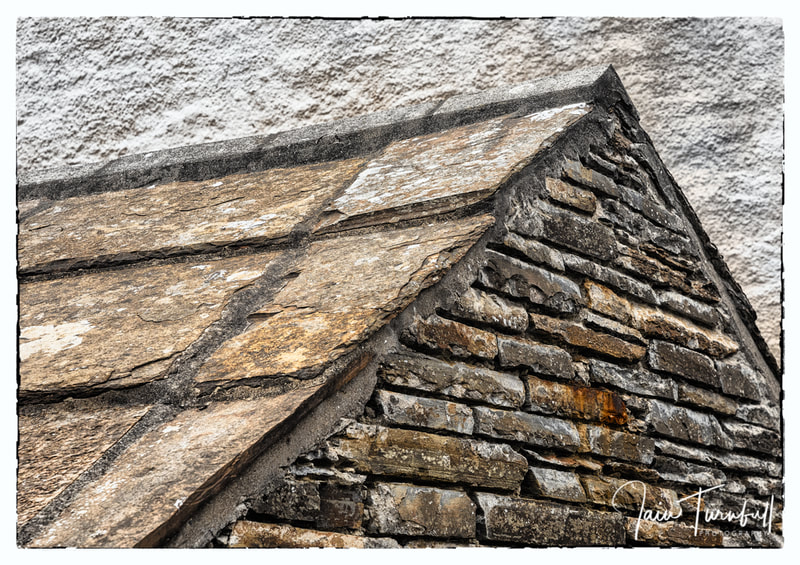
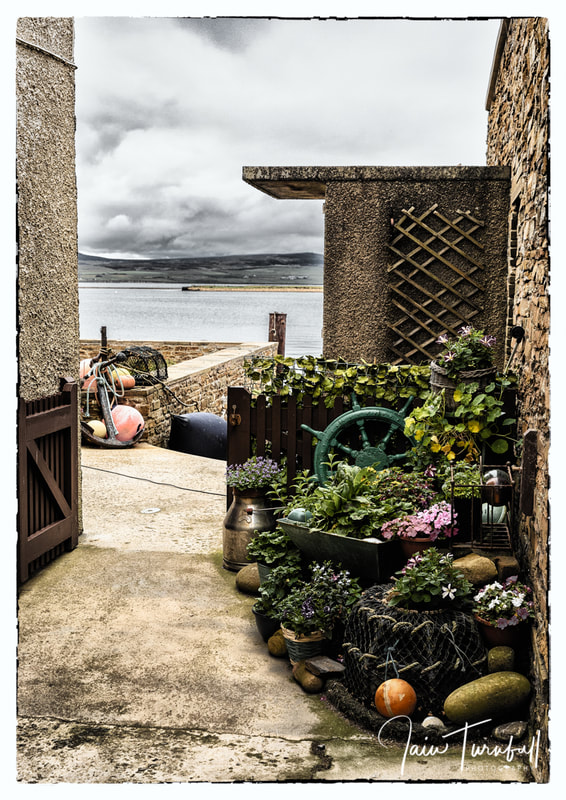
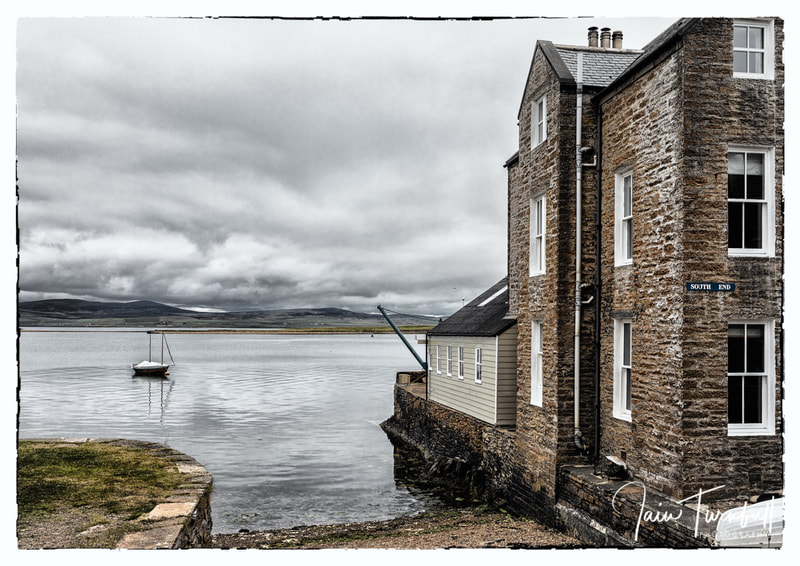
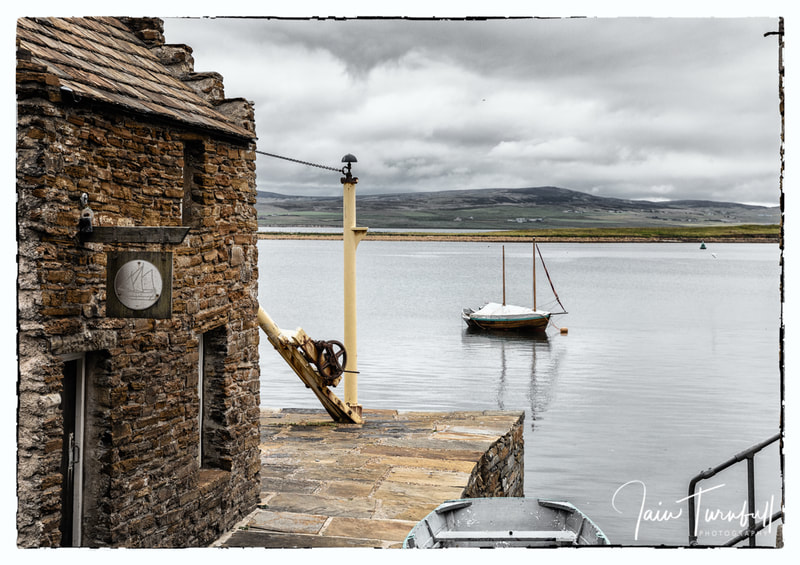
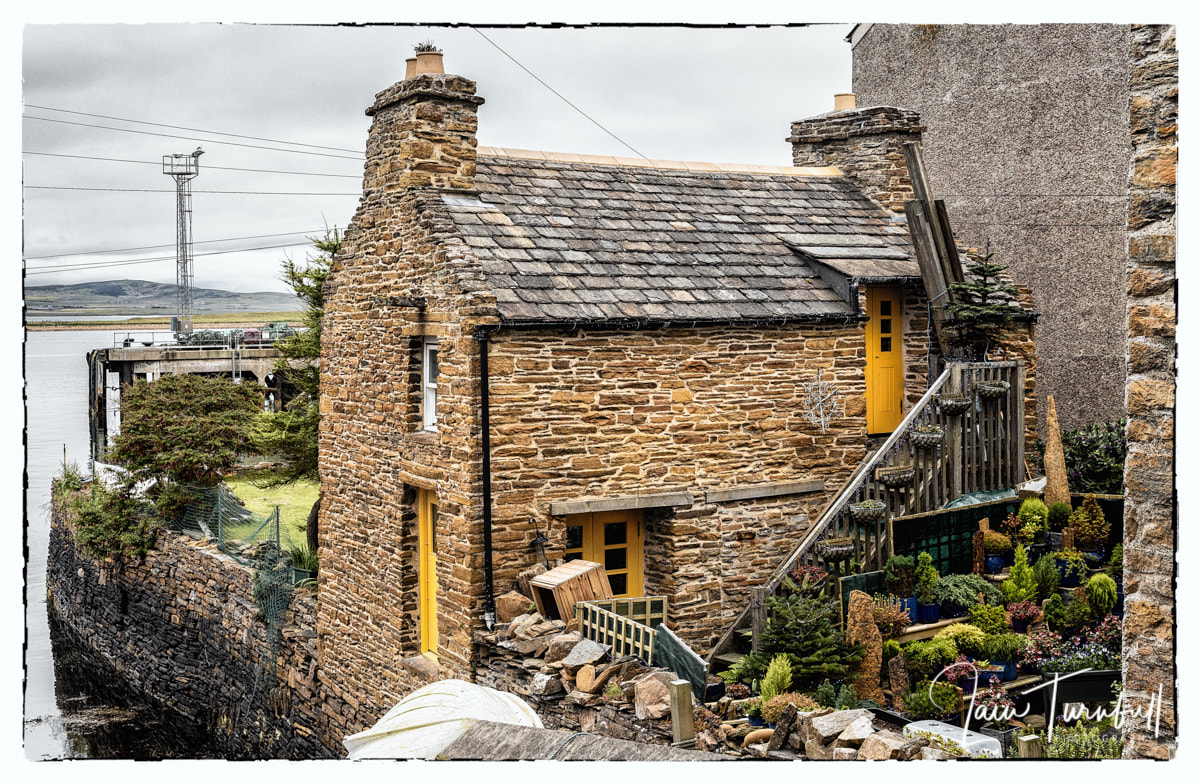
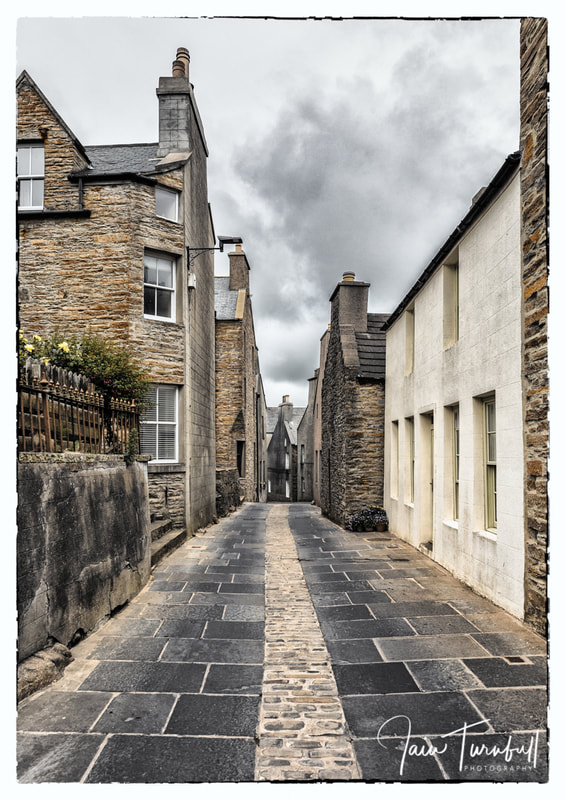
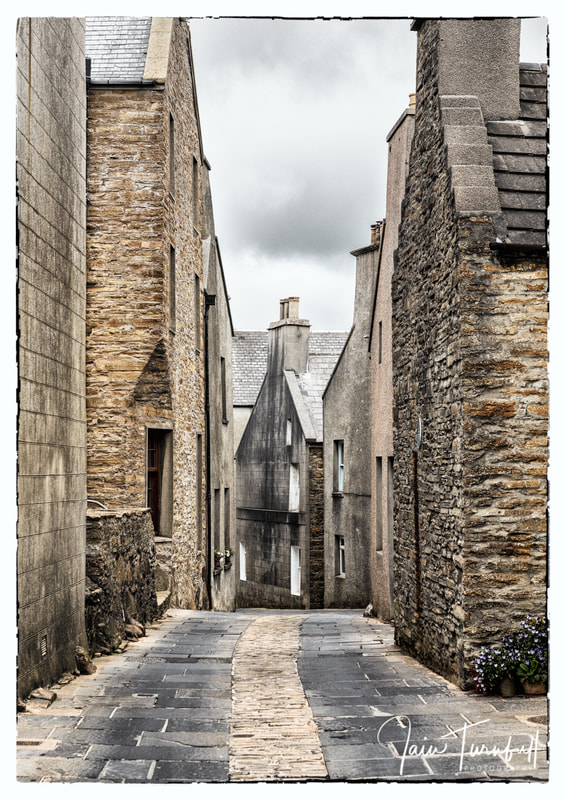
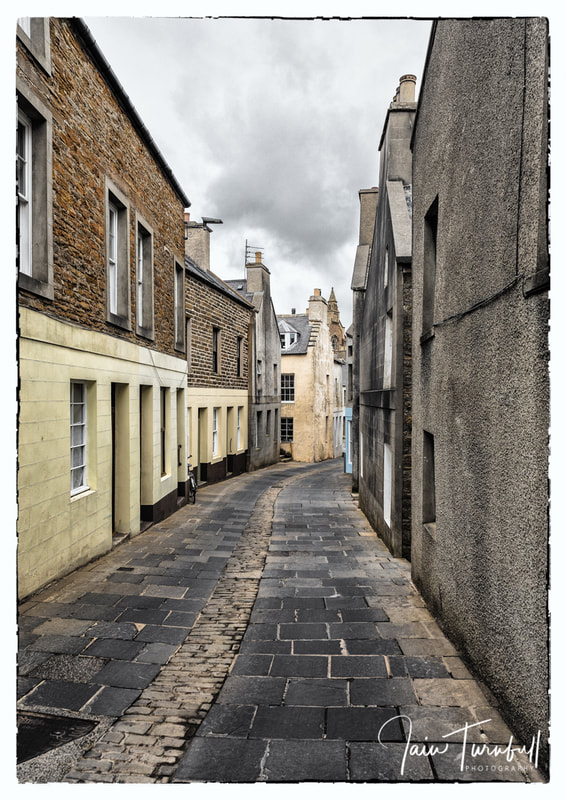
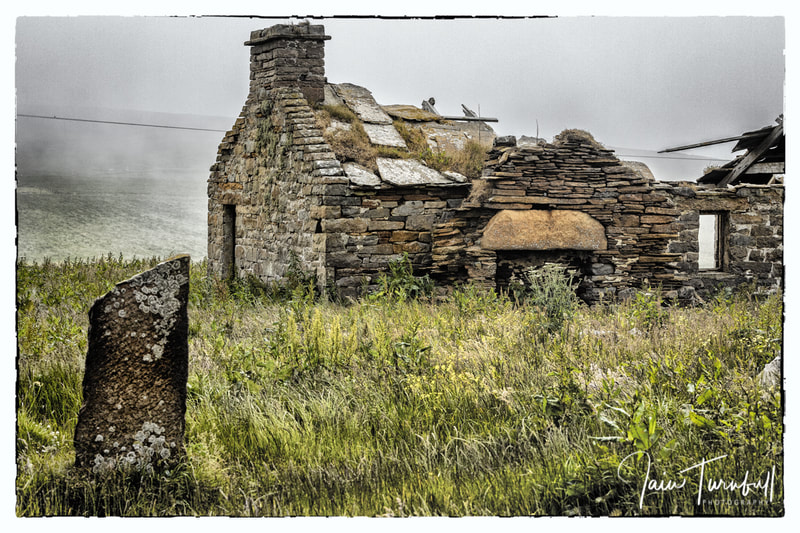
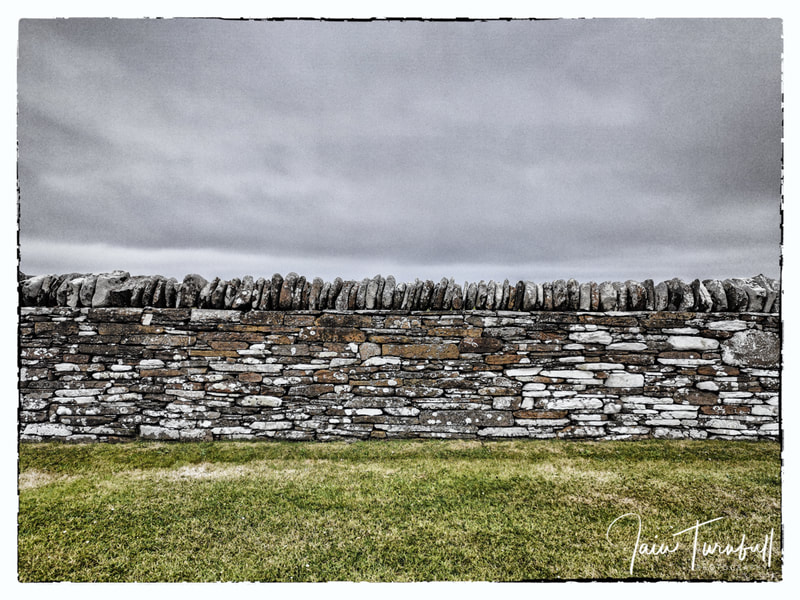
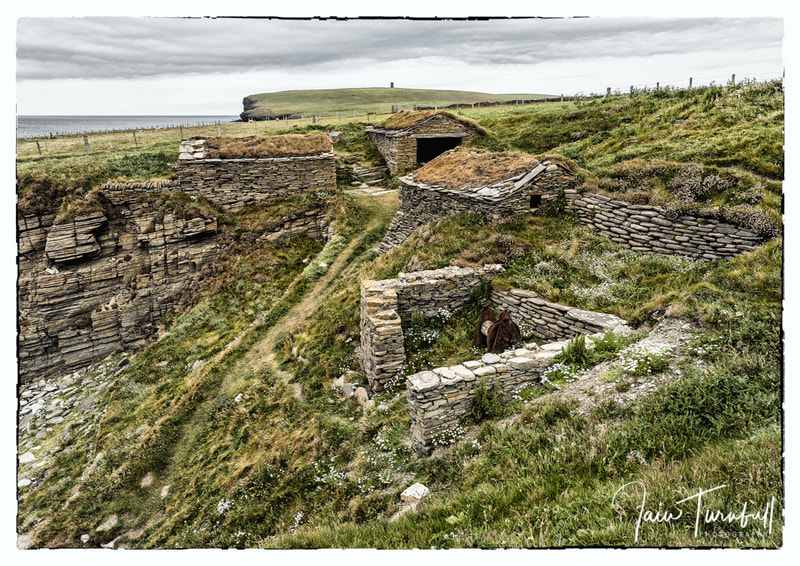
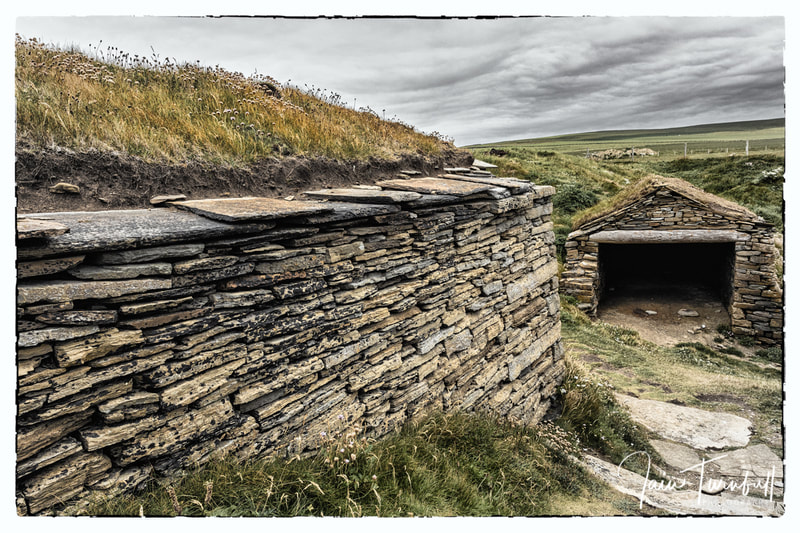
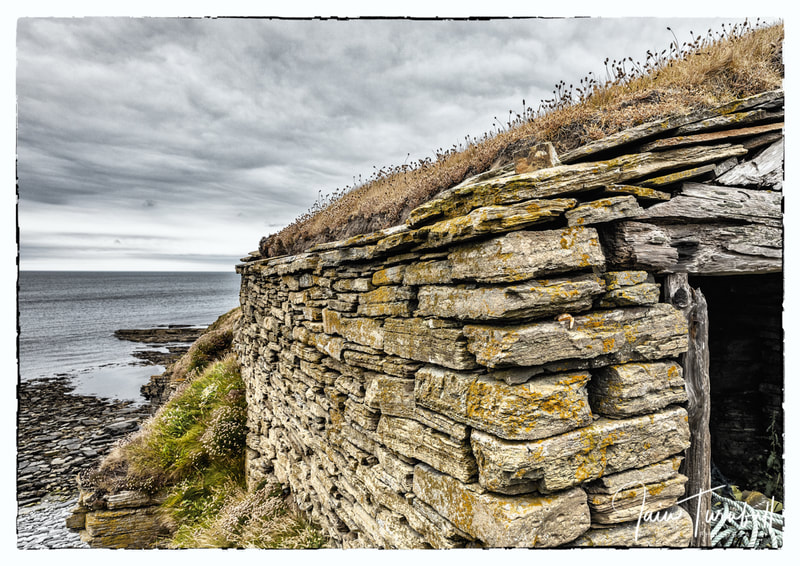
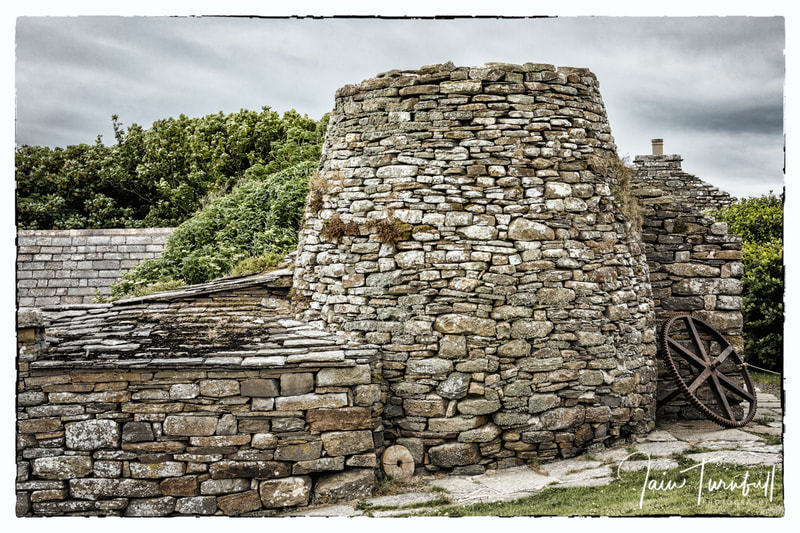
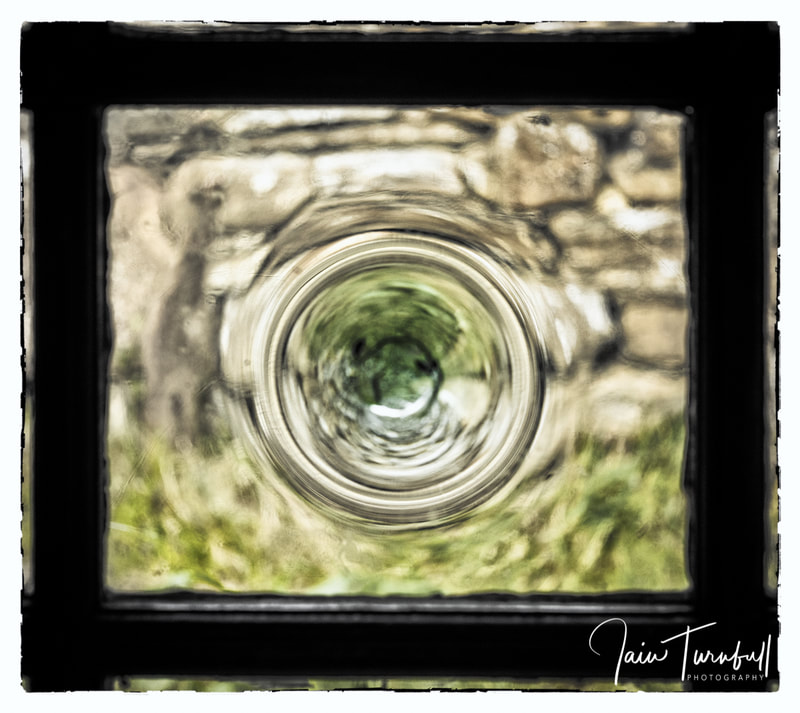
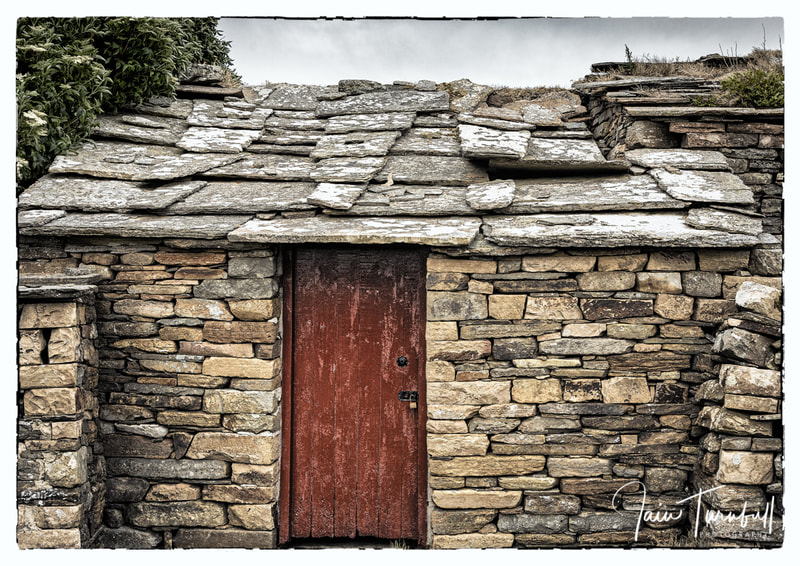
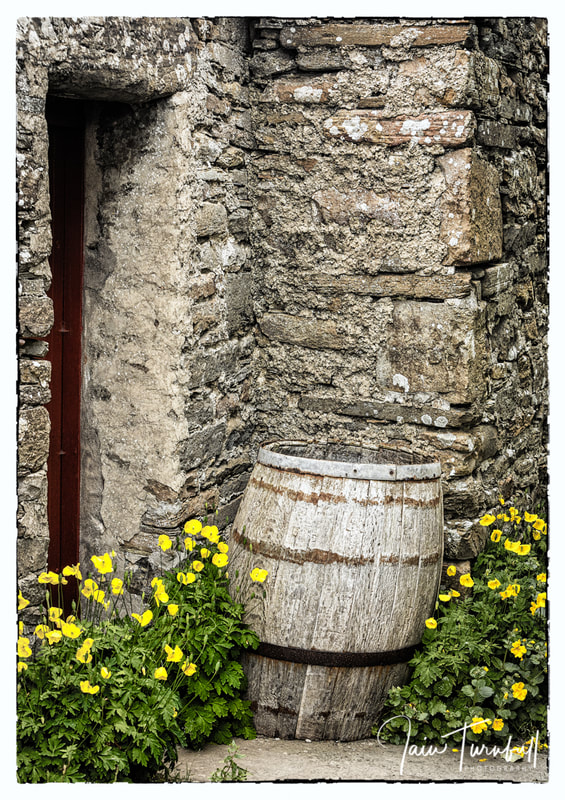
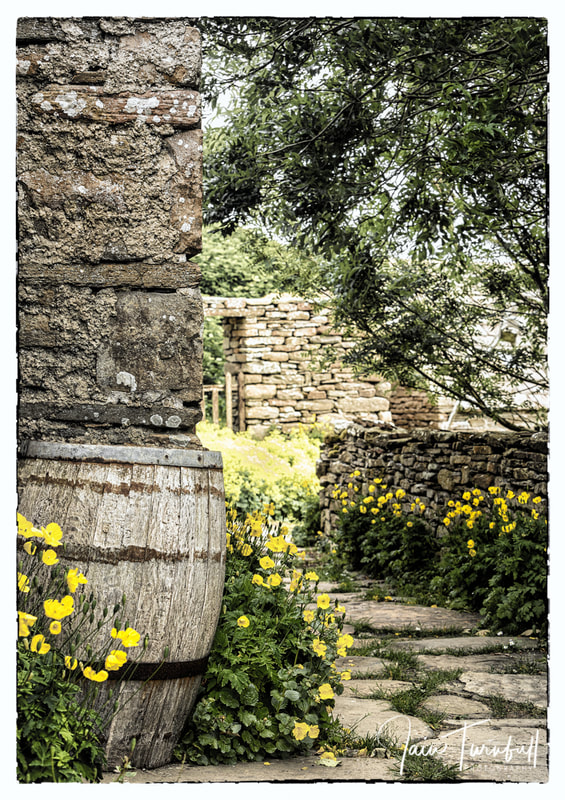
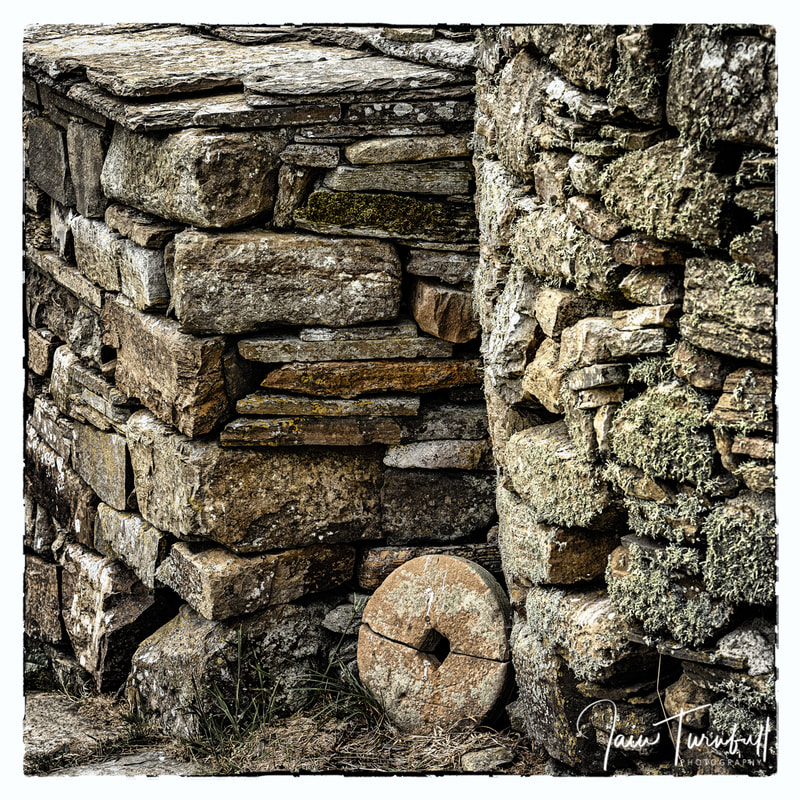
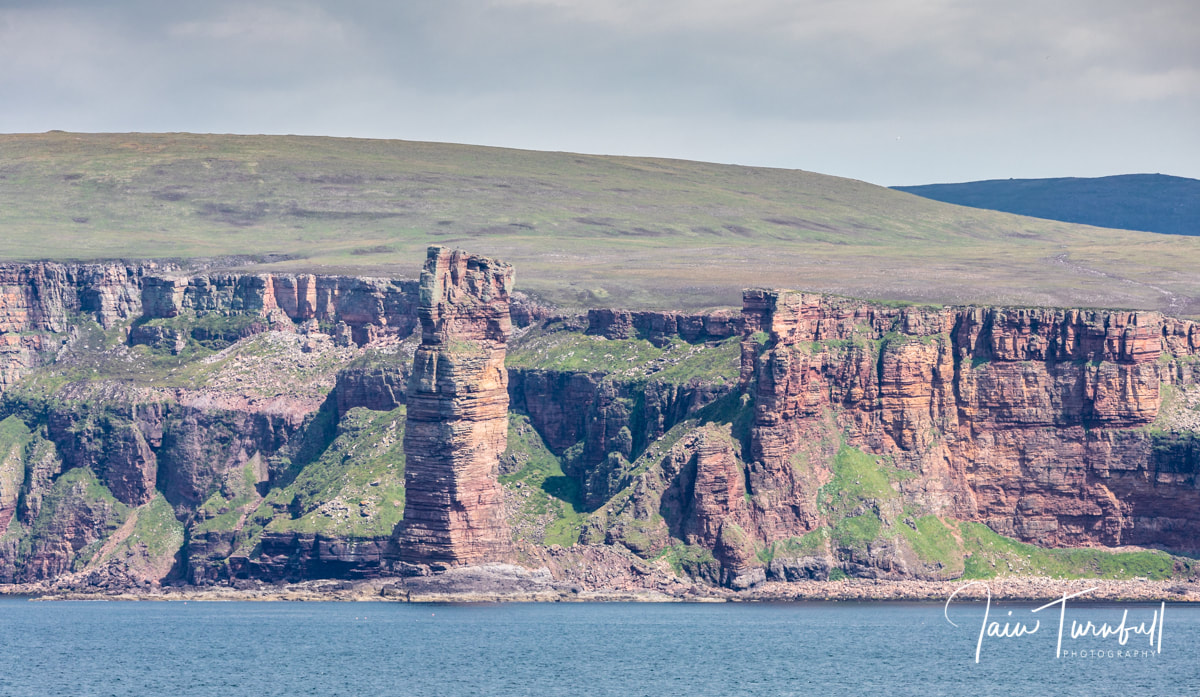
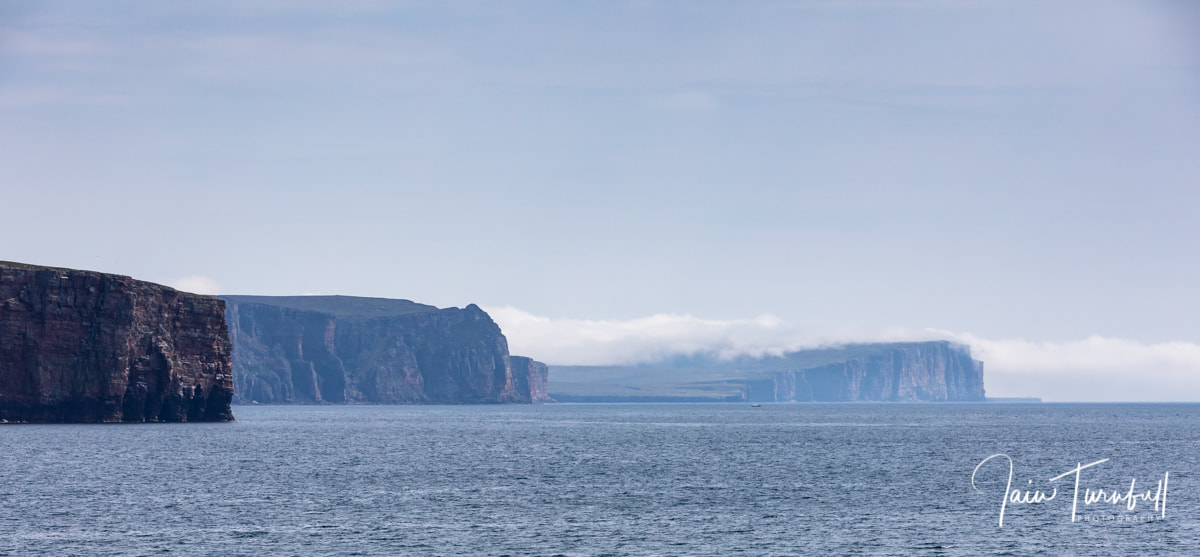
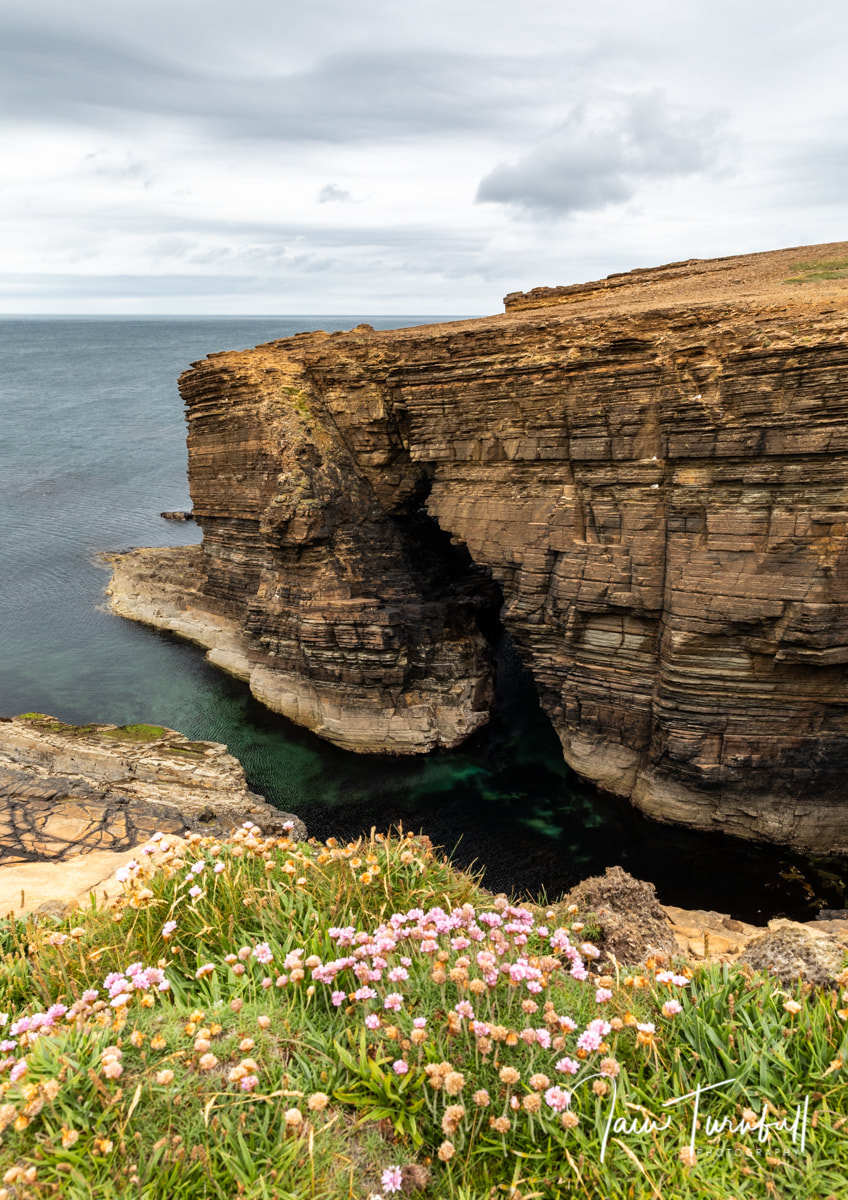
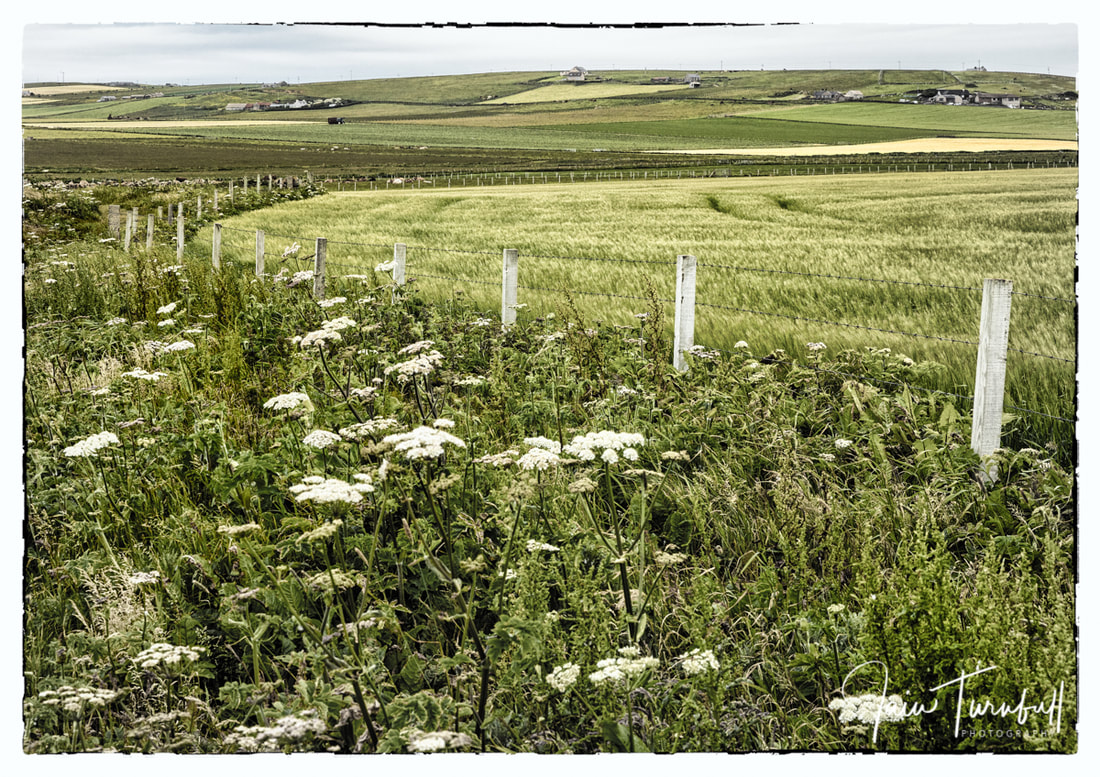
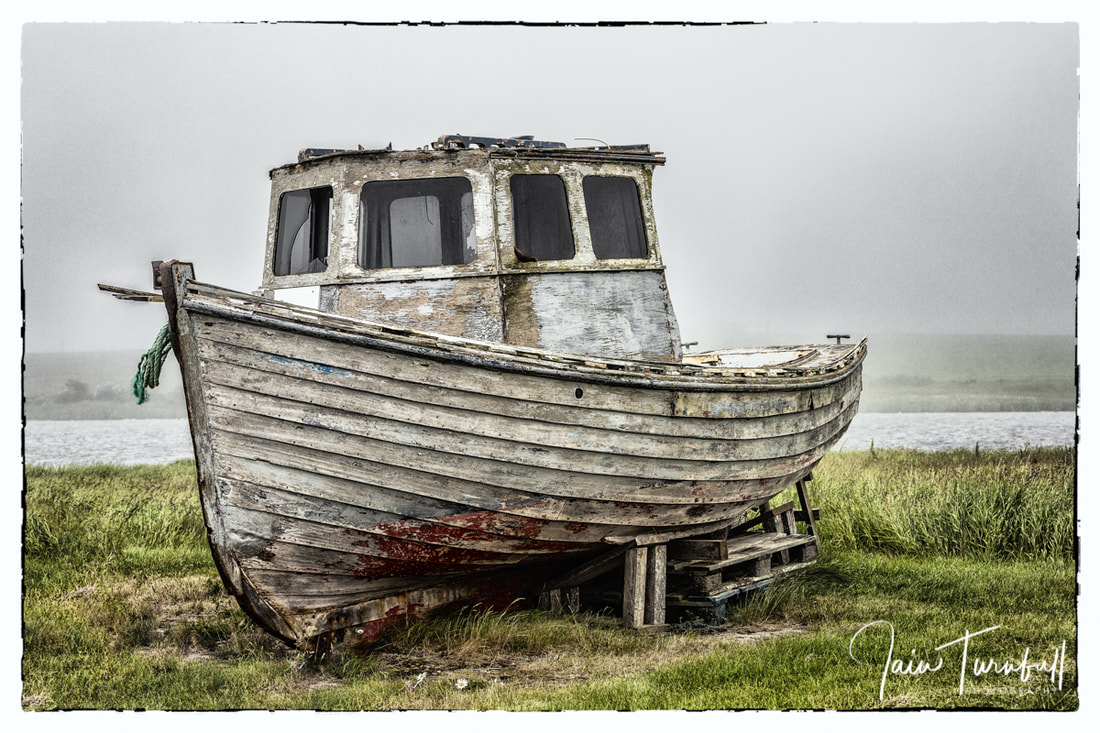
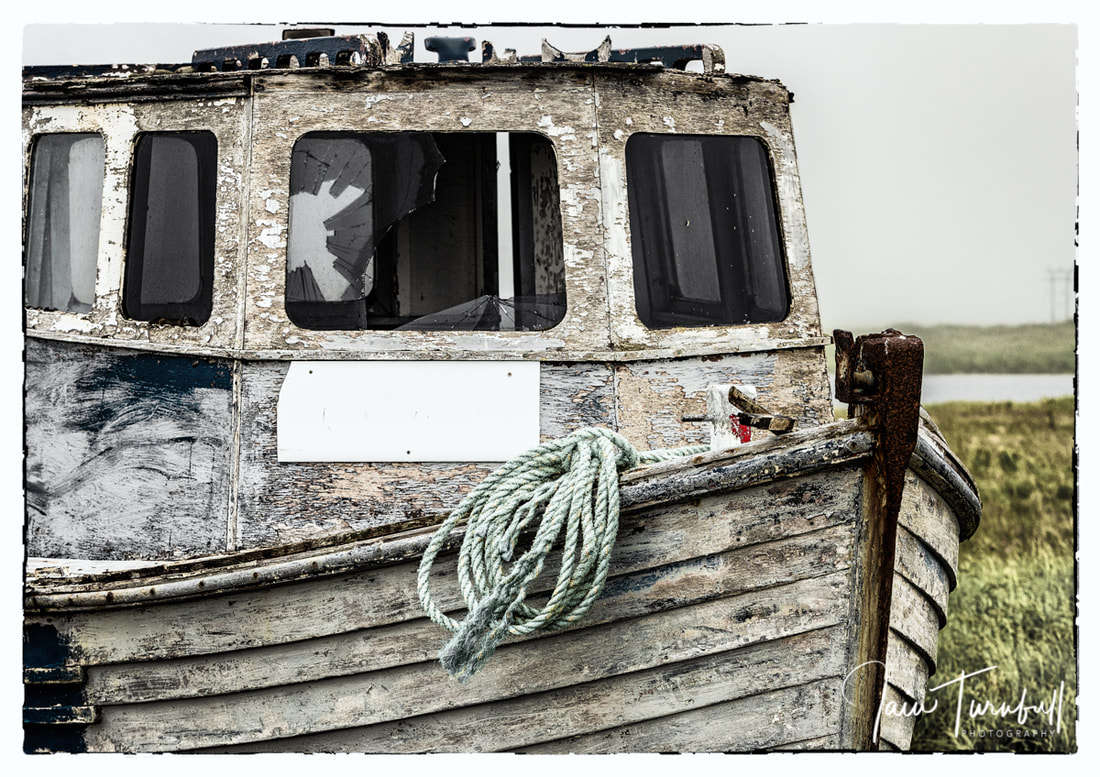


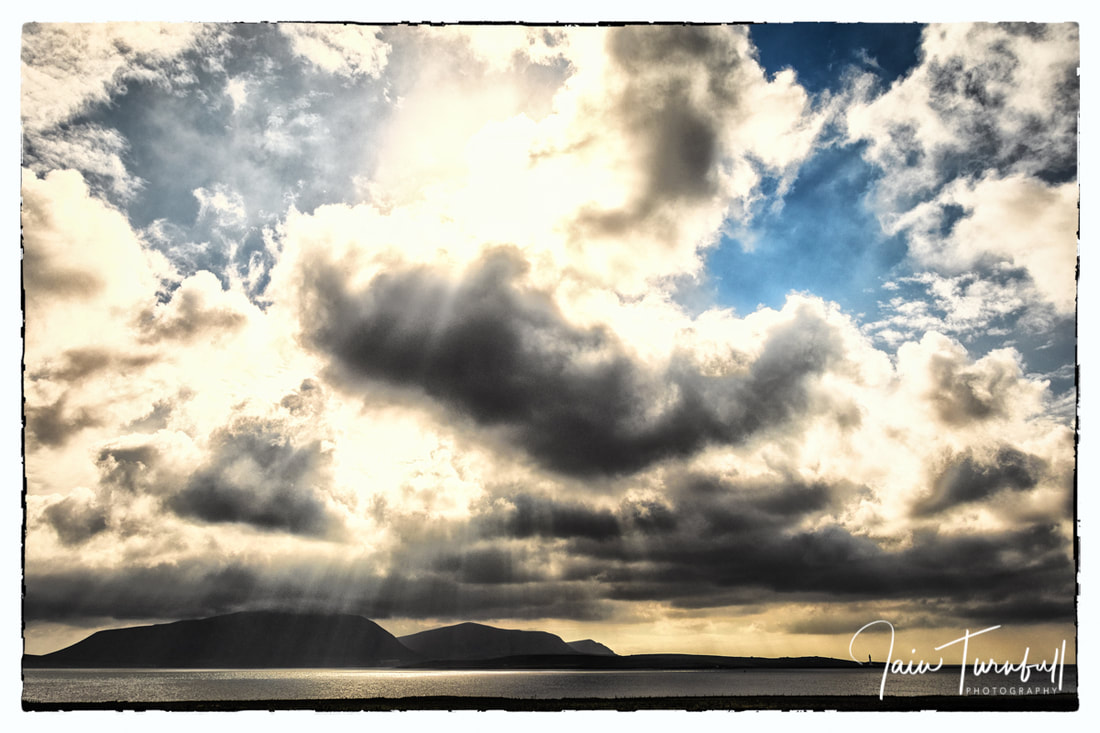
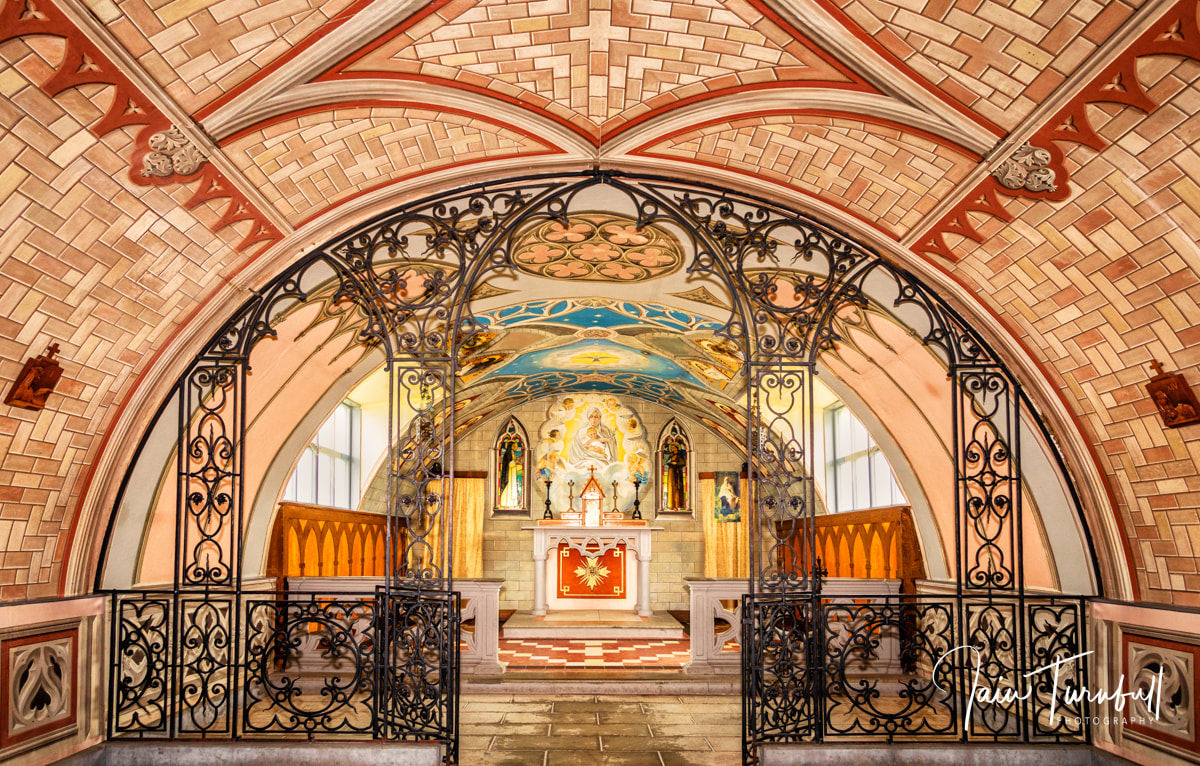
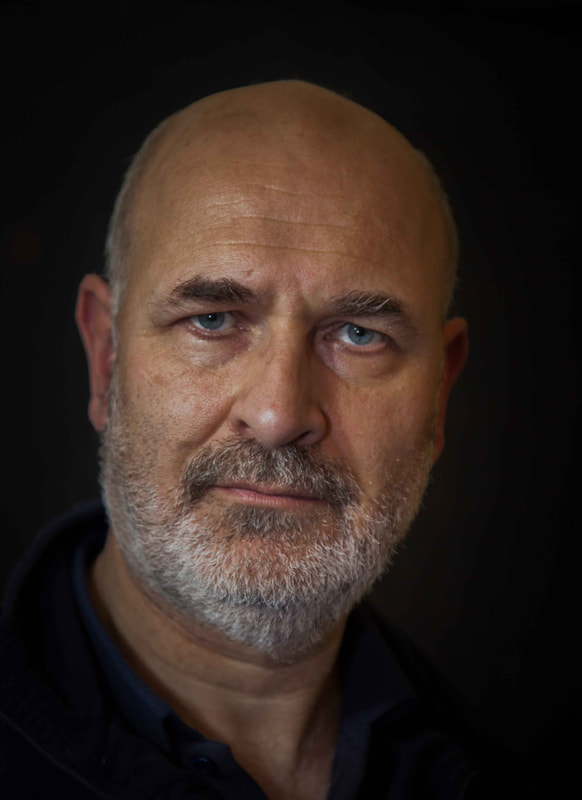
 RSS Feed
RSS Feed